After looking at the Laowa 10-18mm and Laowa 15mm, we continue our exploration of the company’s ultra wide angle with this review of the Laowa 14mm F4 FF RL Zero-D.

This lens proposes a less ambitious maximum aperture than its 15mm sibling, but offers a significantly smaller size, delivering on mirrorless’ promise of more compact lenses when compared with DSLRs.
The Laowa 14mm has the look of a rangefinder lens. Despite its fully metal body, it is lightweight and easy to carry. It is astounding to see such a combination of focal length and size. Just like the company’s 15mm, it bears the “Zero-D” moniker, indicating particularly well-controlled distortion. Launched in September 2020, this lens is a new addition to the company’s lineup.
In this in-depth review, we will take a look at all the technical and artistic parameters which help to define a lens. Read on to find out everything there is to know about the Laowa 14mm F4 FF RL Zero-D!
Table of Contents[Hide][Show]
Specifications
| Lens Name | Laowa FE 14mm F2 FE Zero-D |
| Optical formula | 13 elements in 9 groups |
| Image circle | Full frame |
| Field of view diagonal | FF: 114° APS-C: 90° |
| Aperture range | F4/F22 |
| Aperture blades | 5, straight |
| Aperture ring | Yes |
| Max magnification | 0.07x |
| Minimum focus distance | 270mm |
| Internal focus | Yes |
| Filter thread diameter | 52mm |
| Lens cap | metal, slide-on |
| Lens hood | Permanent petal-shaped |
| Diameter x Length | 58 x 59 mm (2.3 x 2.3 in) |
| Weight | 228 g (8 oz) |
| Price (US MSRP) | $549 |
Construction and Handling
In this section, we take a look at the physical characteristics of the Laowa 14mm.
Front Element
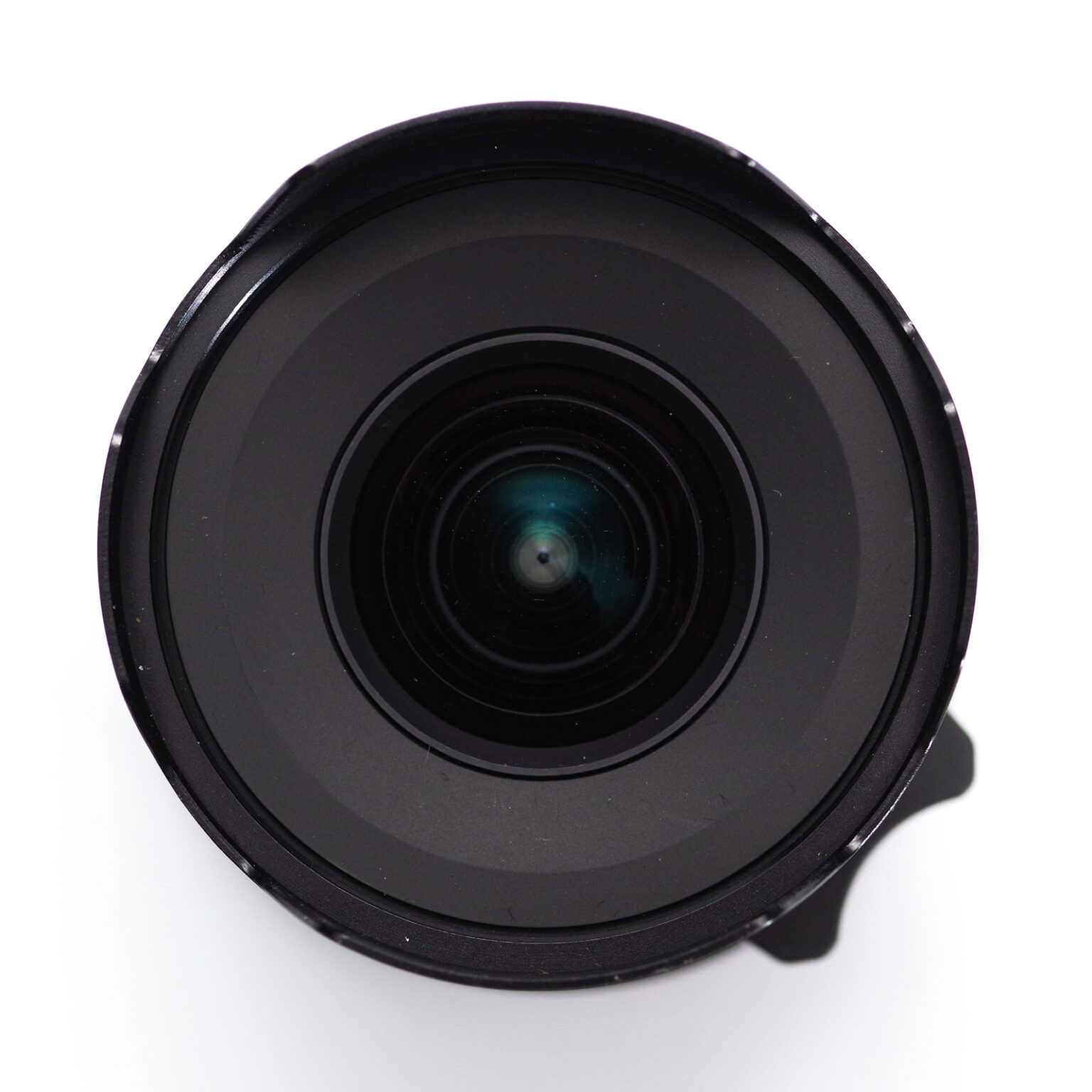
The front of the lens bears no markings. The front element is surrounded by a metal ring.
Like the Laowa 15mm, and contrary to a majority of ultra wide-angle lenses, this 14mm proposes a relatively flat front element. This will allow the mounting of screw-on filters, something rare at those focal lengths. Because of the permanent hood, using step-up rings will not be possible.

The lens cap is a slide-on metal cover.
Lens Body
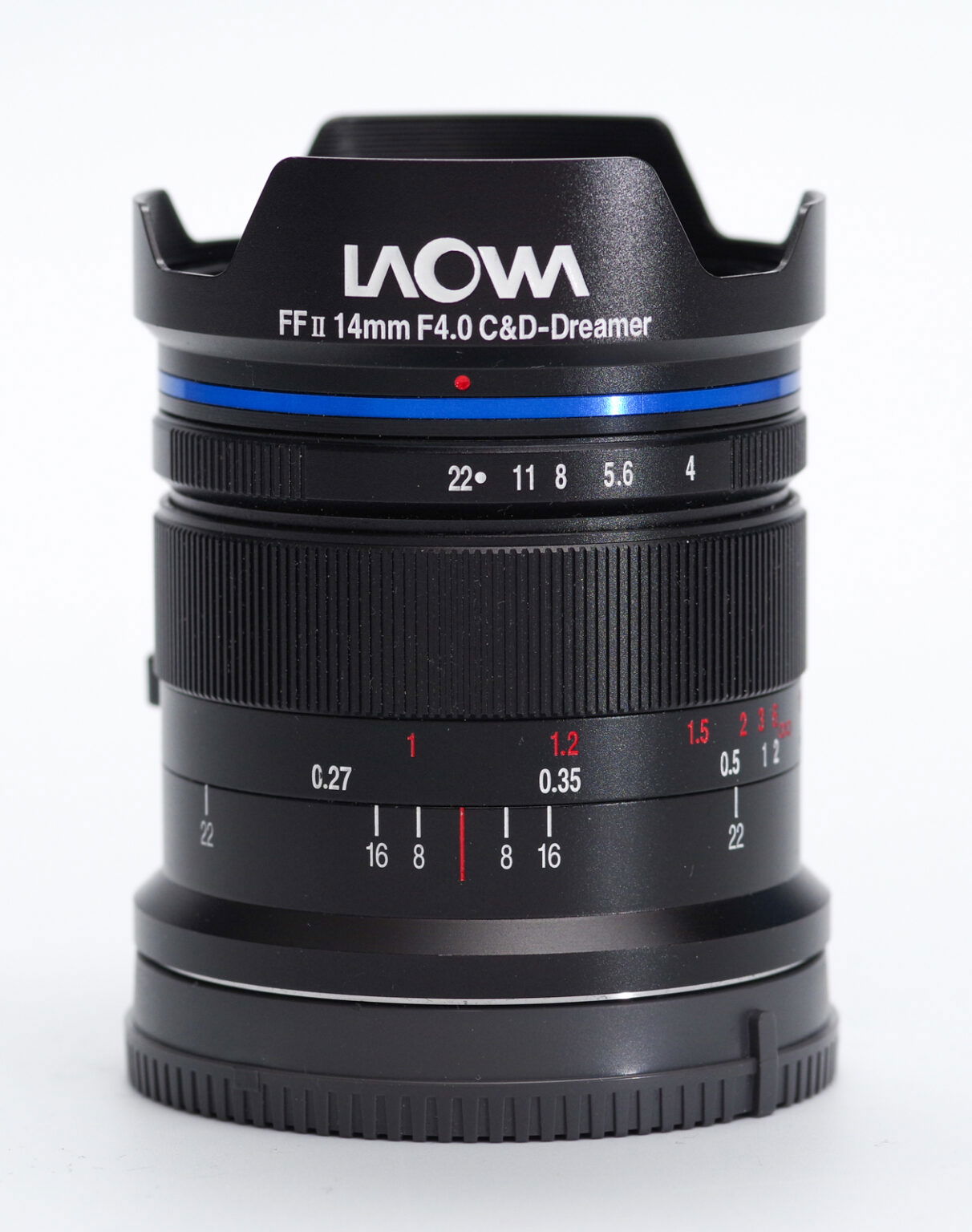
The lens body, made entirely of metal, is compact and feels like a small jewel. Like other Laowa lenses, this 14mm is surprisingly small. The lens feels a bit dense but certainly gives an impression of quality. The general design cues are similar to those of the 10-18mm. and 15mm, but with more prominent branding.
The bottom of the body, near the camera mount, is wider than the main barrel. It is obvious that this lens was designed directly for mirrorless cameras, and not adapted from DSLR designs. The first element encountered is the section bearing DOF markings. These always add a touch of elegance to a lens. There are markings for F8, F16 and F22. These three aperture steps bring usefulness to the markings, but F11 would have been useful also.
Above is the wide focus ring. This ring is, of course, mechanical. Its throw is approximately 90°, with the near-total range devoted to distances closer than 2 meters. The dampening and feedback are excellent: it is a joy to use, much more pleasant than a focus-by-wire focus ring. There are white markings in meters, and red markings in feet. Everything on the lens is engraved and should be durable.

The focus ring has an interesting feature: a focus tab. Located towards the back, it can help manipulate the focus ring with more precision. Users can remove it if not wanted. It can also be used to tune the ring relative to the markings on the barrel. In use, the tab has never been a hindrance, and does provide a bit more purchase when operating the ring.
Right above is the aperture ring. The ring has clear clicks at each full aperture value, but no intermediate positions. The level of friction is well-tuned. The clicks are clear enough that accidental movements are unlikely. The ring is wide enough, and has ribbed sections for easier operation. There is no provision to de-click the aperture ring. The F16 position is indicated by a simple dot, as it is too close to F22.
The typical Laowa blue ring is located right above the aperture ring.
Towards the front is the lens hood, with comparatively huge markings for the brand name and lens characteristics.
The lens does not extend when focusing.
Aperture
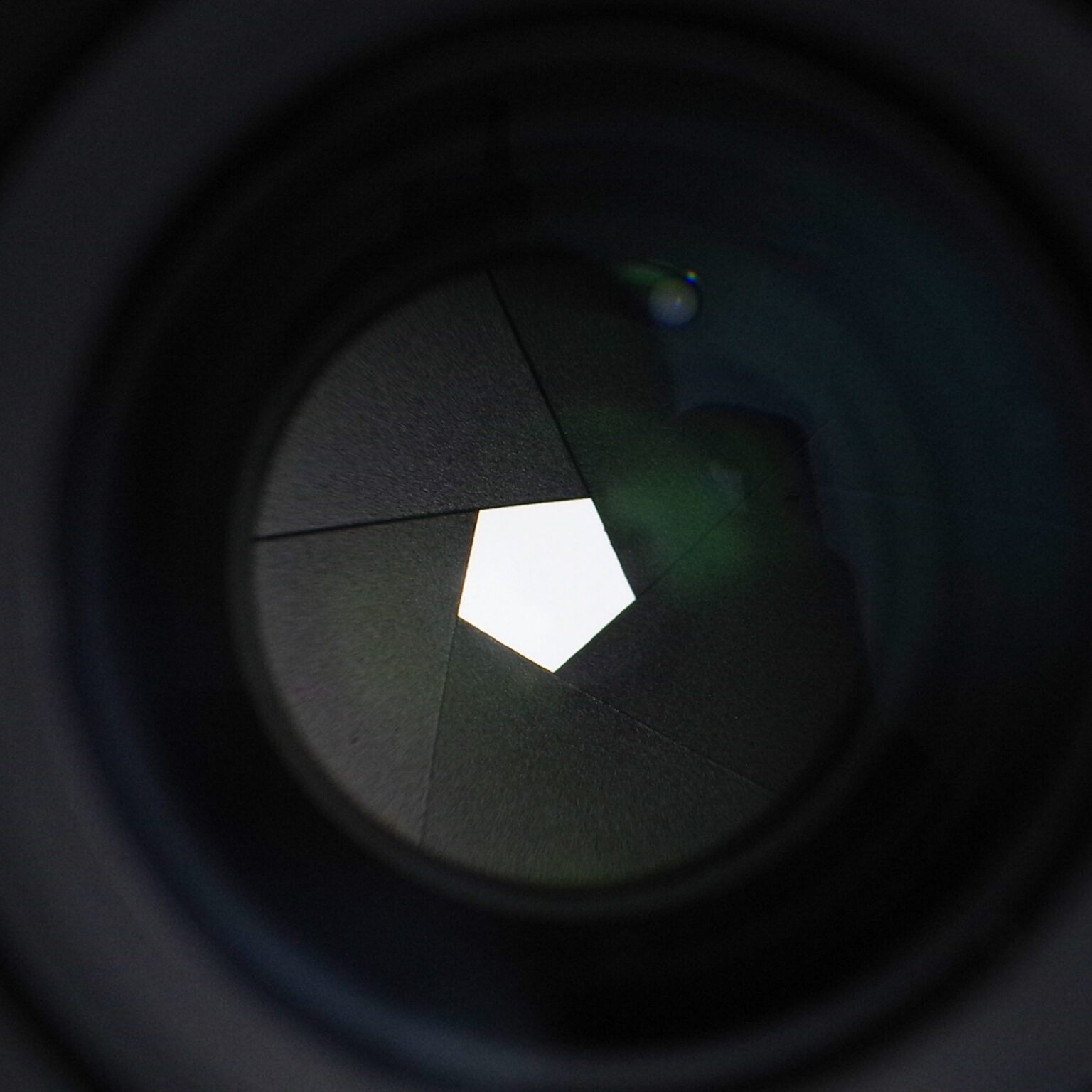
The Laowa 14mm uses only 5 straight aperture blades.
Lens Mount
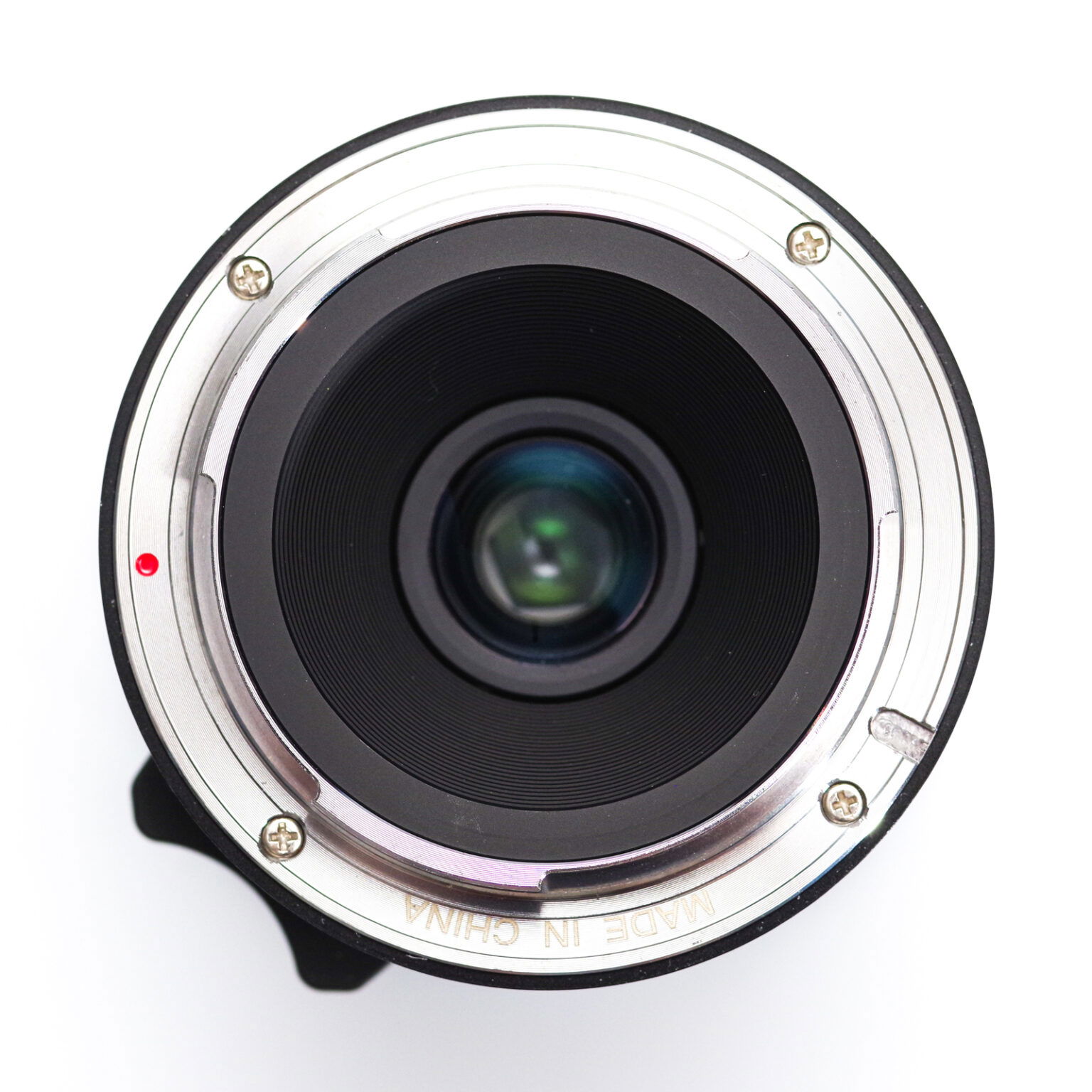
The lens mount is metal.
Lens hood
The hood is petal-shaped and compact. It is fully made of metal, and is permanently attached to the lens.
Mounted On Camera
The Laowa 14mm looks very good mounted the Sony A7C and will look tiny on larger cameras. This is subjective, but the rangefinder feel of coupling the 14mm and the A7C is particularly effective.
Side by side
Here is the Laowa 14mm next to the Sony FE 28-60mm and the Tamron 20mm F2.8. Even with its built-in hood, the 14mm’s slim size is obvious.
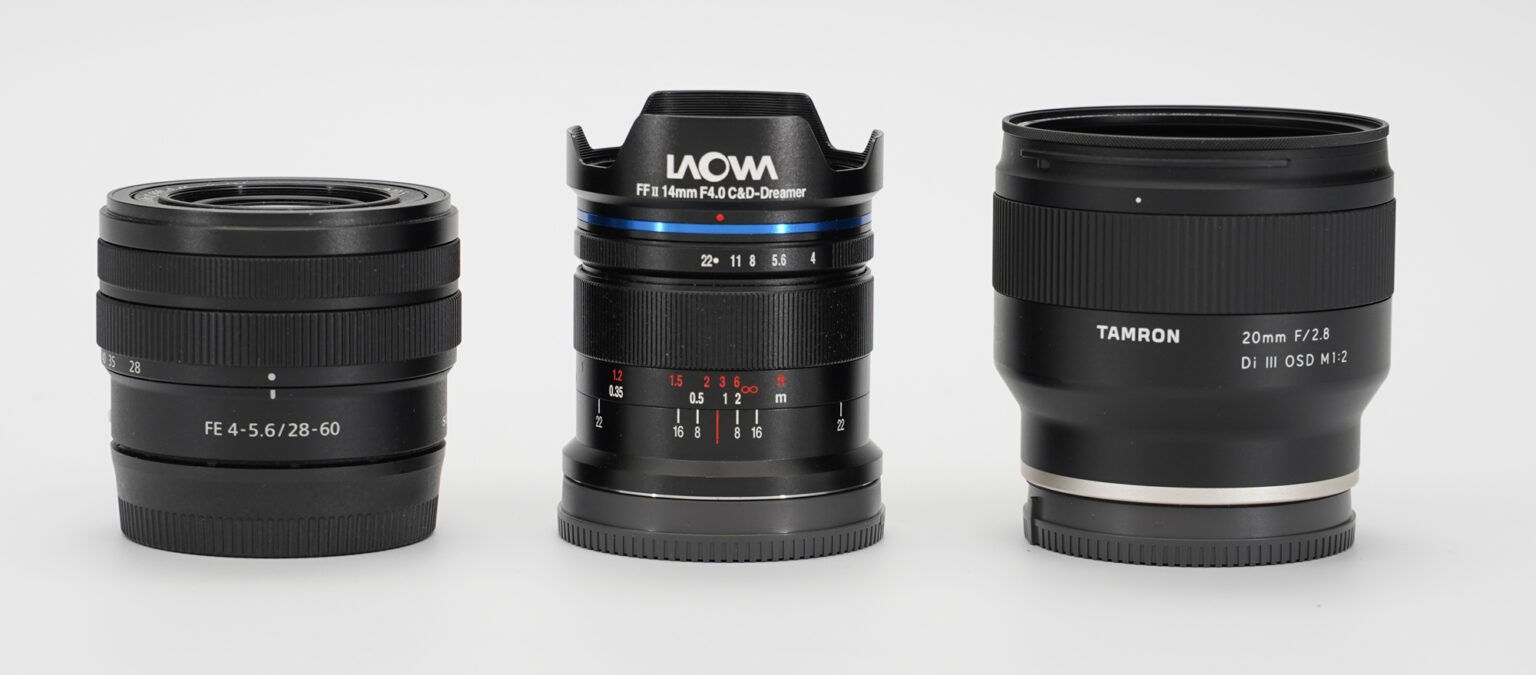
Focusing
Focusing with the Laowa 14mm is fully manual. As expected from Laowa, operation of the focus ring is excellent. There is pleasant dampening, a well-tuned level of friction and no backlash. The ring rotates by approximately 90°.
With the Laowa 10-18mm and 15mm, we reported some difficulties with focus peaking. The same occurs here to some extent. The camera and lens pair do not do an excellent job of highlighting with precision the in-focus area. For landscapes, it is often safer to use a smaller aperture, and to rely on the DOF markings on the lens barrel. Thankfully, these have proven accurate in use.
General Image Quality
Before diving into the technical aspects of this review, let’s have a look at the more subjective elements which can make or break an image.
Field of View
Our comments made for the Laowa 15mm apply identically here. The Laowa 14mm’s field of view is of course one of its standout features. 14mm is ideally suited for landscapes and cityscapes. With 104.3° of horizontal field of view, this lens makes it easy to include many elements in the scene, and offers an extra 4° when compared to the 15mm This can be noticed in use. 14mm will be unusual for many photographers more used to focal lengths above 20mm, but is still relatively easy to master. This focal length has an easy learning curve but making sure not to include unexpected elements within the frame can lead to errors at first.
The lens’ well-controlled distortion is a definite advantage also. Laowa has a well-established expertise in this regard, and the 14mm Zero-D does not disappoint.
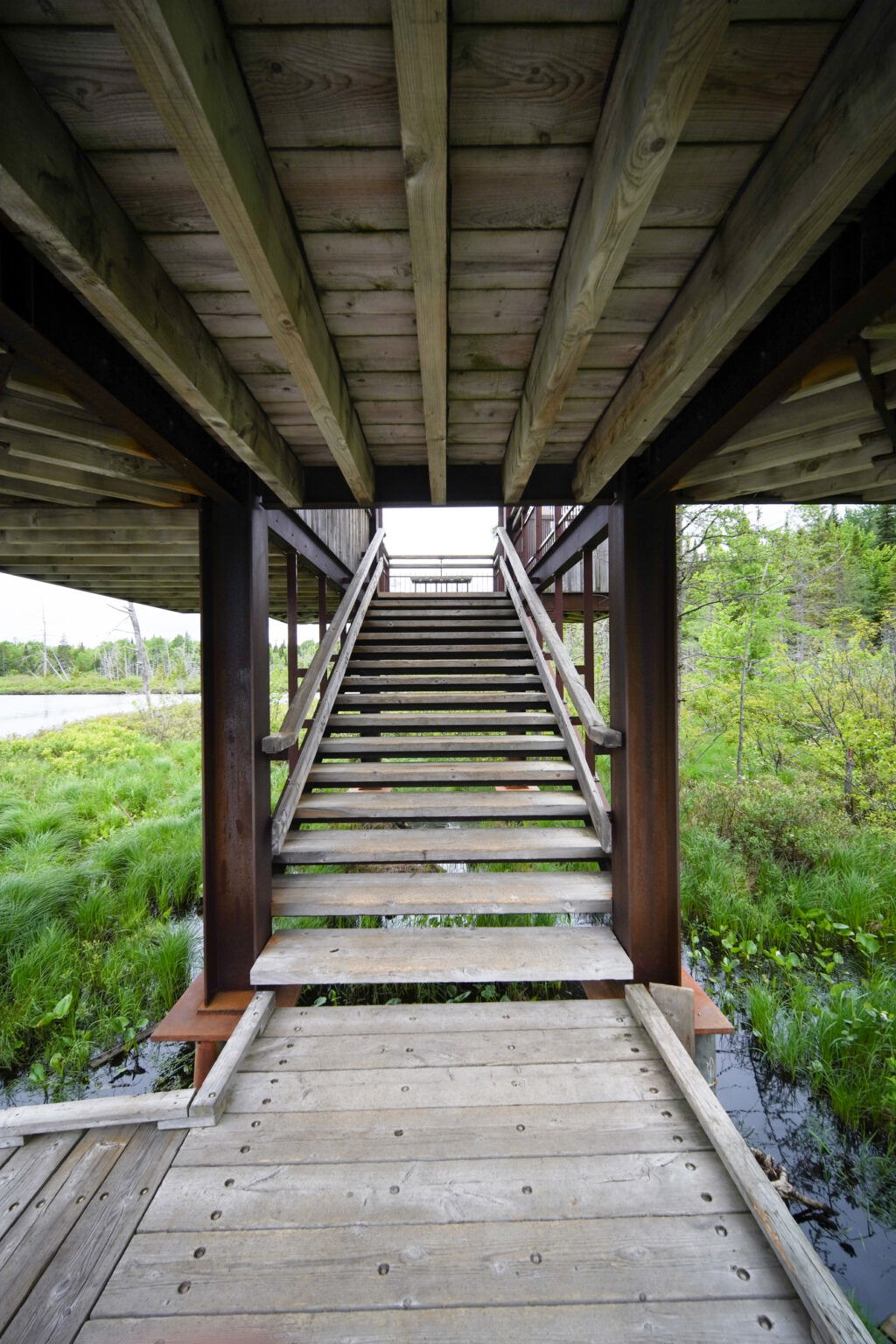
The Laowa 14mm does not offer close focusing capabilities. With a maximum magnification of 0.07x and a minimum focus distance of 27cm, this really isn’t a lens for close-ups.
Color and Contrast
Colours are well-toned and accurate.
As with the Laowa 10-18mm, contrast is a bit dramatic. The 14mm retains the company’s signature look with a bit of a film-like appearance, pleasing but less subtle than what some other brands produce.
Starbursts
With its 5 straight aperture blades, the Laowa 14mm delivers superb starbursts, well formed and tapering nicely. They are visible and already beautiful starting at F5.6.
Sharpness
Sharpness, or a lens’s ability to resolve small details, is far from the only important characteristic of a lens, but it is probably the one which many users look at first. Soft images distract the viewer and the sharpest point in an image draws the eye of the viewer.
There are several ways to measure resolution. Some are quantitative, such as the number of lines per millimeter that can be resolved, while others are comparative, such as using a standardized scene to pit lenses against one another. We will use the latter, and supplement it with real-life samples.
To evaluate sharpness, we use a standard test chart that can be used to compare lenses to one another. We place the camera and lenses at a distance of 100x the focal length, so that the chart occupies the same area on all test images. This results in distances of 1.4 m in the present case. The chart is positioned successively in the center, on the edge and corner off the frame, testing all apertures each time. Focus is repeated for each position to avoid field curvature contributions.
This test will not show how good a lens can be. Quite the contrary, it is a stress test to illustrate the limits of a lens’s capabilities.
Resolution is of course sensor-relevant. For this test we use the A7C camera’s 24 MP sensor.
Test results at 14mm
The following images illustrate the results at all apertures at 14mm.
| Center | Edge | Corner | |
| F4 |  | 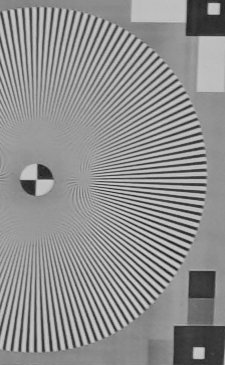 |  |
| F5.6 | 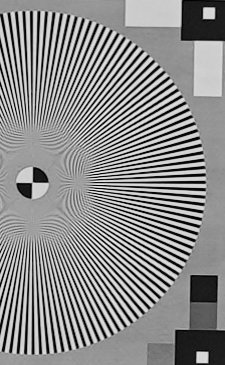 |  | 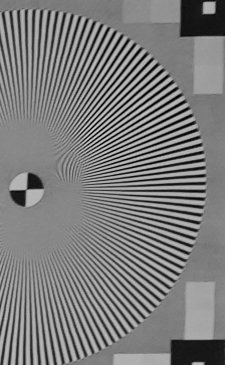 |
| F8 | 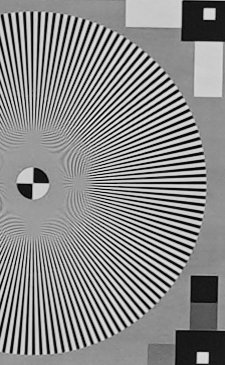 | 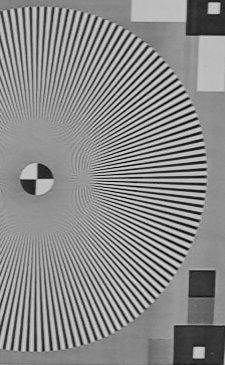 | 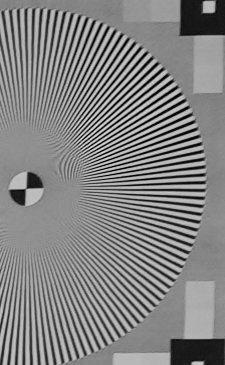 |
| F11 |  | 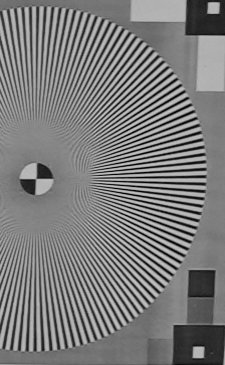 | 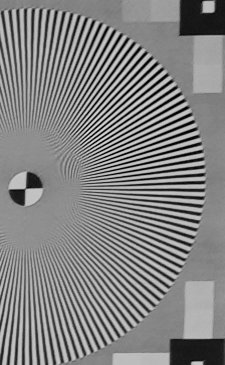 |
| F16 | 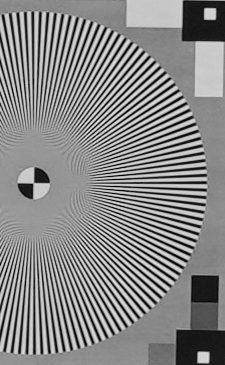 |  |  |
| F22 |  |  | 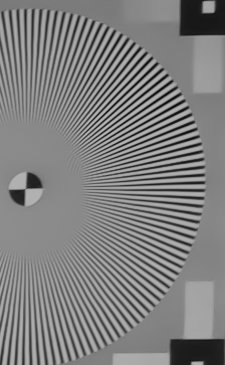 |
In the center, the Laowa 14mm does pretty well at F4, and results become excellent at F8-F11. F16 can be used reliably but F22 shows diffraction effects which decrease the resolution.
Edges are softer at all apertures. best results will be obtained at F11-F16, but F5.6 and F8 are usable also.
Corners are mostly similar to the edges, slightly softer but close.
Summary
The Laowa 14mm delivers excellent resolution in the center at most apertures. Edges and corners are never as good. This is a bit of a letdown for a lens intended for broad landscapes, but is somewhat expected given the size compromises. Results aren’t bad but we must note the difference between the center and the rest of the frame. Do note that the “center” section extends quite close to the edges, the drop isn’t dramatic and a good portion of the frame behaves like the center.
Vignetting
Vignetting, or the darkening of corners at wider apertures, is both a defect and a feature, as it can be used creatively to put emphasis on subjects closer to the center, create a mood or a vintage look. It can also be corrected automatically by modern cameras so is less of a problem than in the past. That is only true for cameras with electronic contacts, which excludes the Laowa 14mm. Images will thus have to be corrected in post-processing. Laowa provides a lens profiles on their website.
The following chart illustrates the vignetting of the lens for full frame.

The Laowa 14mm behaves like its other ultra wide angle siblings. That is to say, vignetting isn’t its strongest aspect. Wide open, it reaches almost 2.5 EV, and never drops below 1.75 EV even at the smallest apertures. Luckily, this is easy to correct.
The images below show the lens’s vignetting at varying apertures.
| Full frame 14mm | |
| F4 | 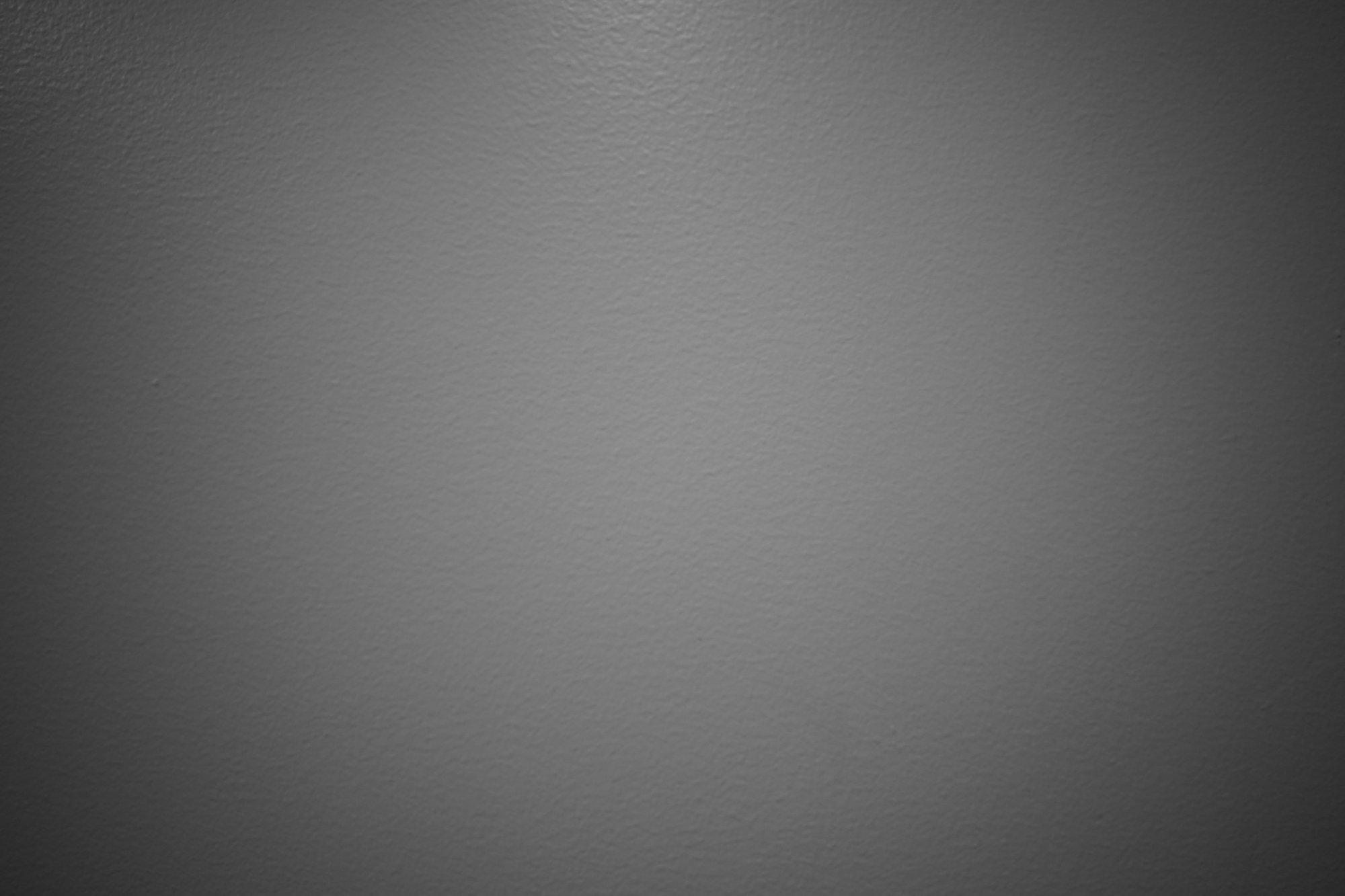 |
| F5.6 |  |
| F8 | 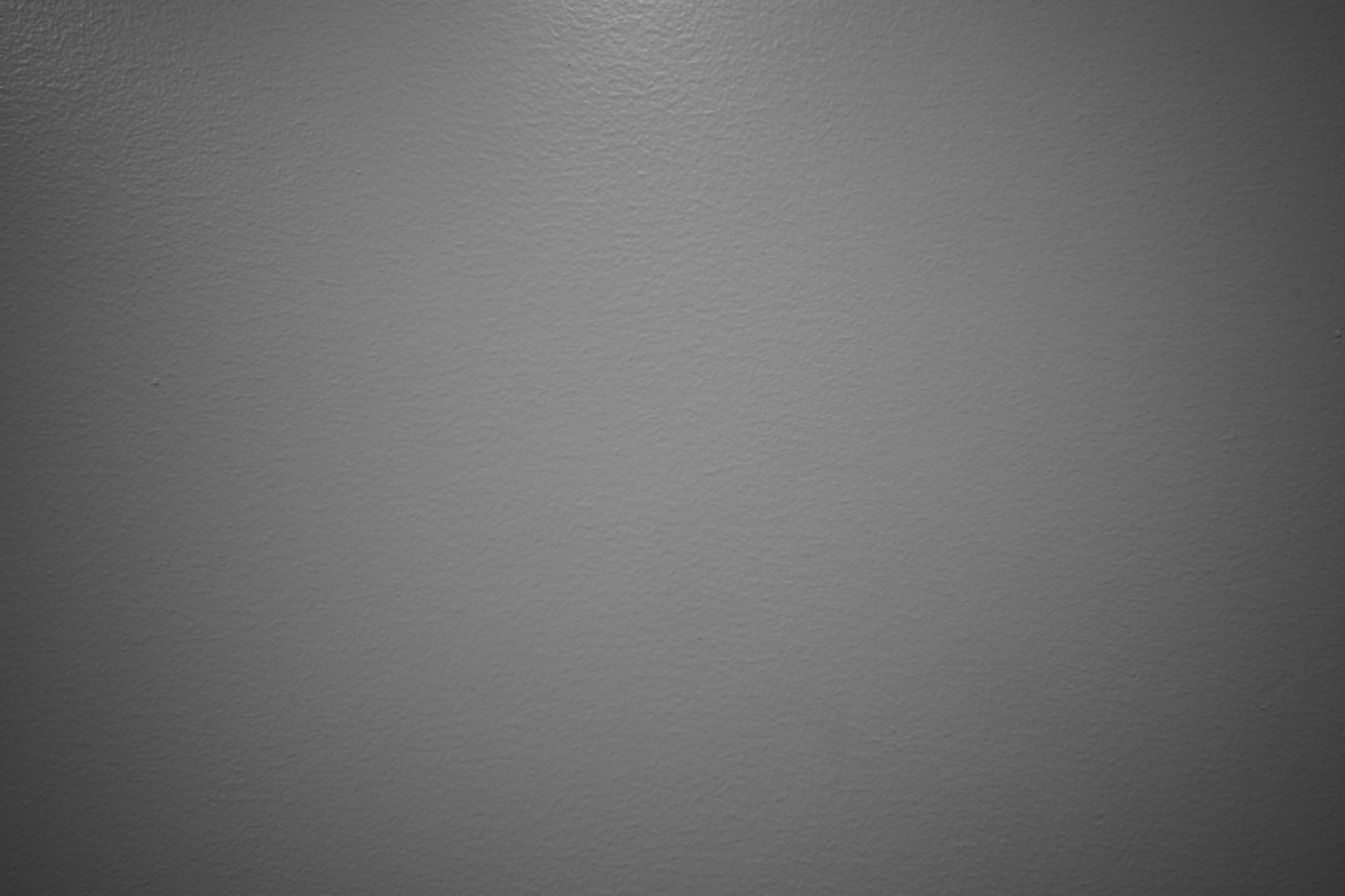 |
| F11 |  |
| F16 |  |
Bokeh
Bokeh is a Japanese term describing the quality of the background blur. It does not relate to the depth of field but to the areas in the image that are beyond the range that is expected to be in focus.
Bokeh is highly subjective. In general, a smooth bokeh with blurred shapes and contours is generally perceived as being of a higher quality. A shallow depth of field does not always equate a more pleasing bokeh.
To evaluate the characteristics of the background blur, we took pictures at varying apertures, using a scene with a lot of detail and bright highlights. The following images show the results.
| F4 | 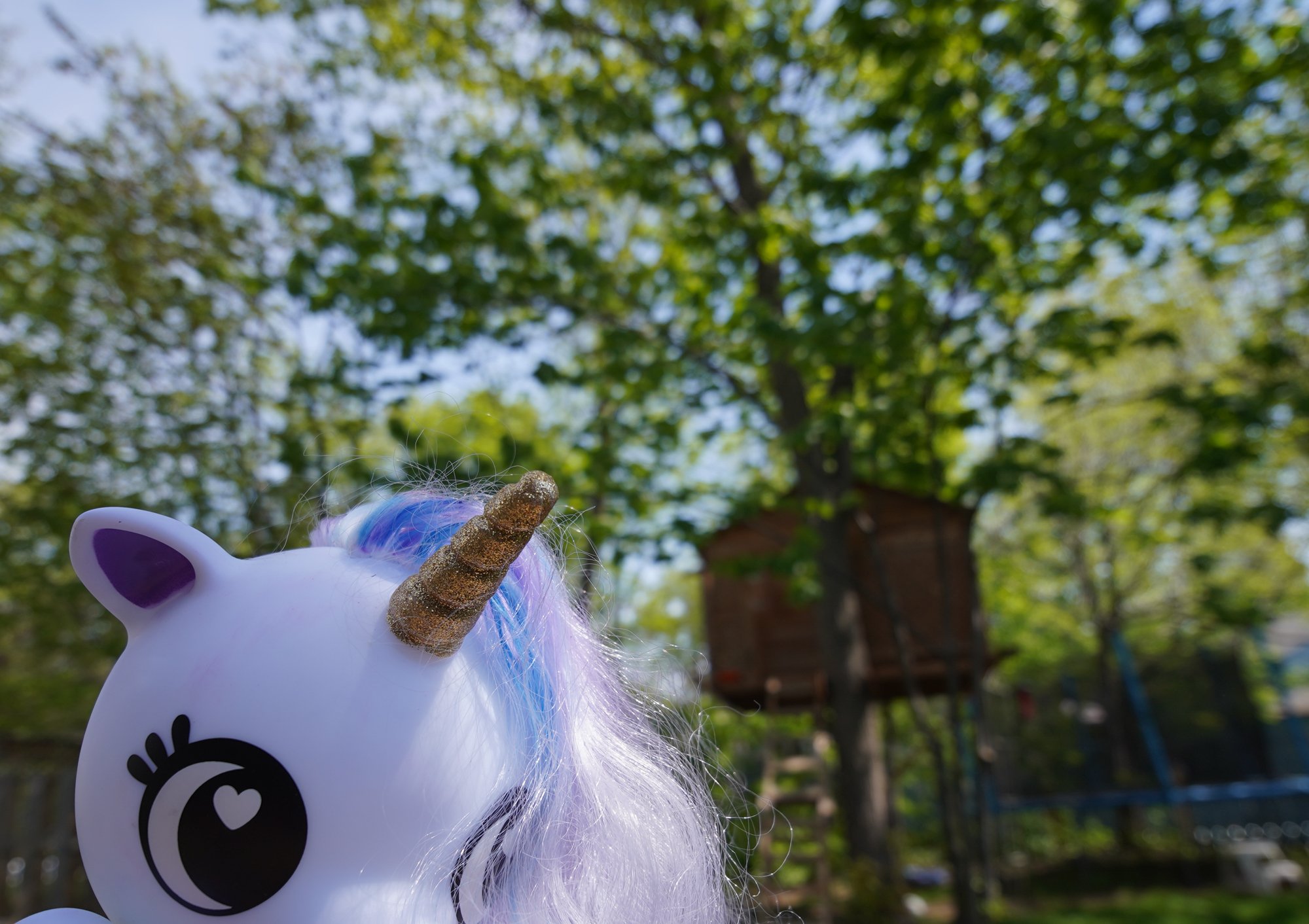 |
| F5.6 | 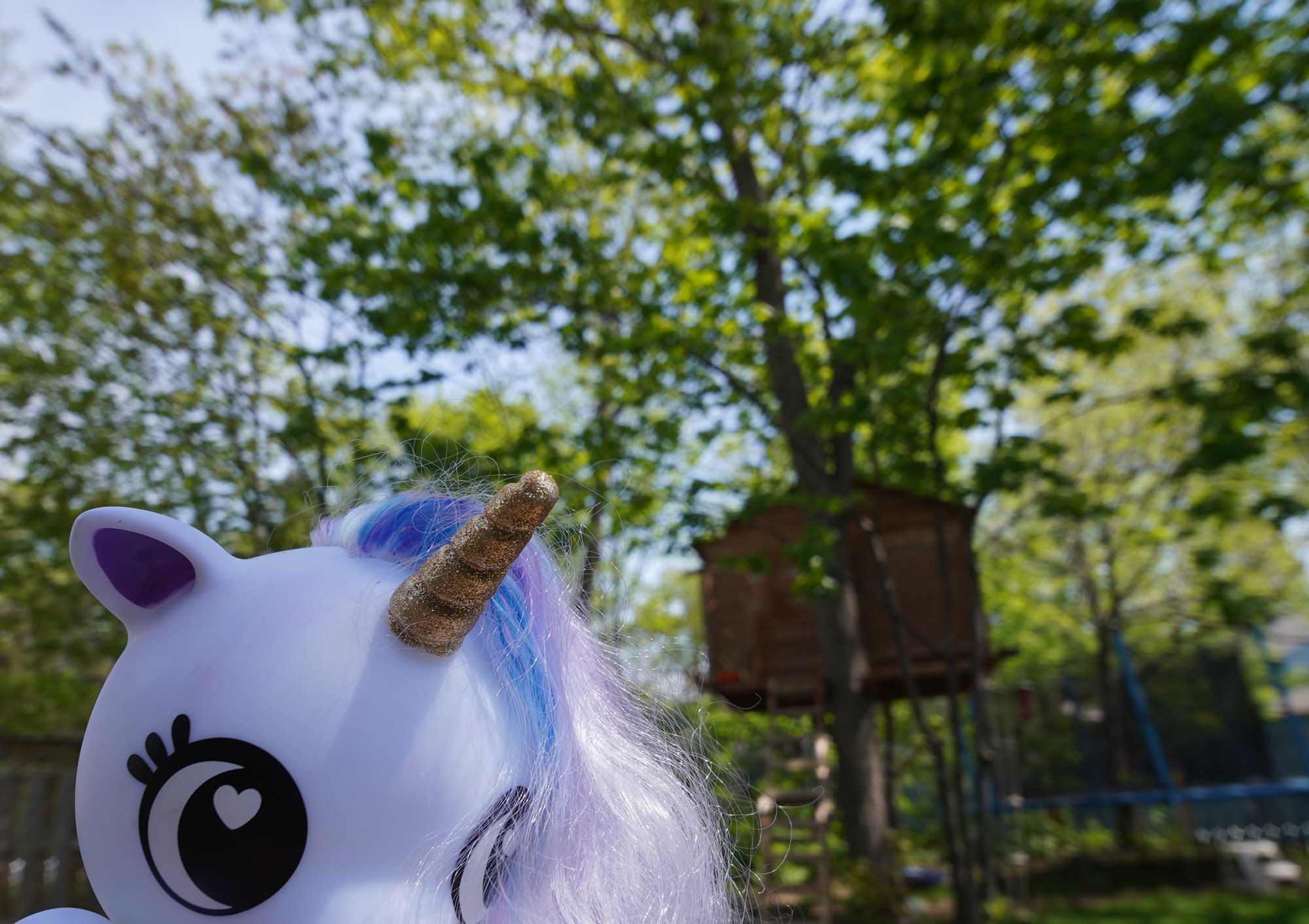 |
| F8 | 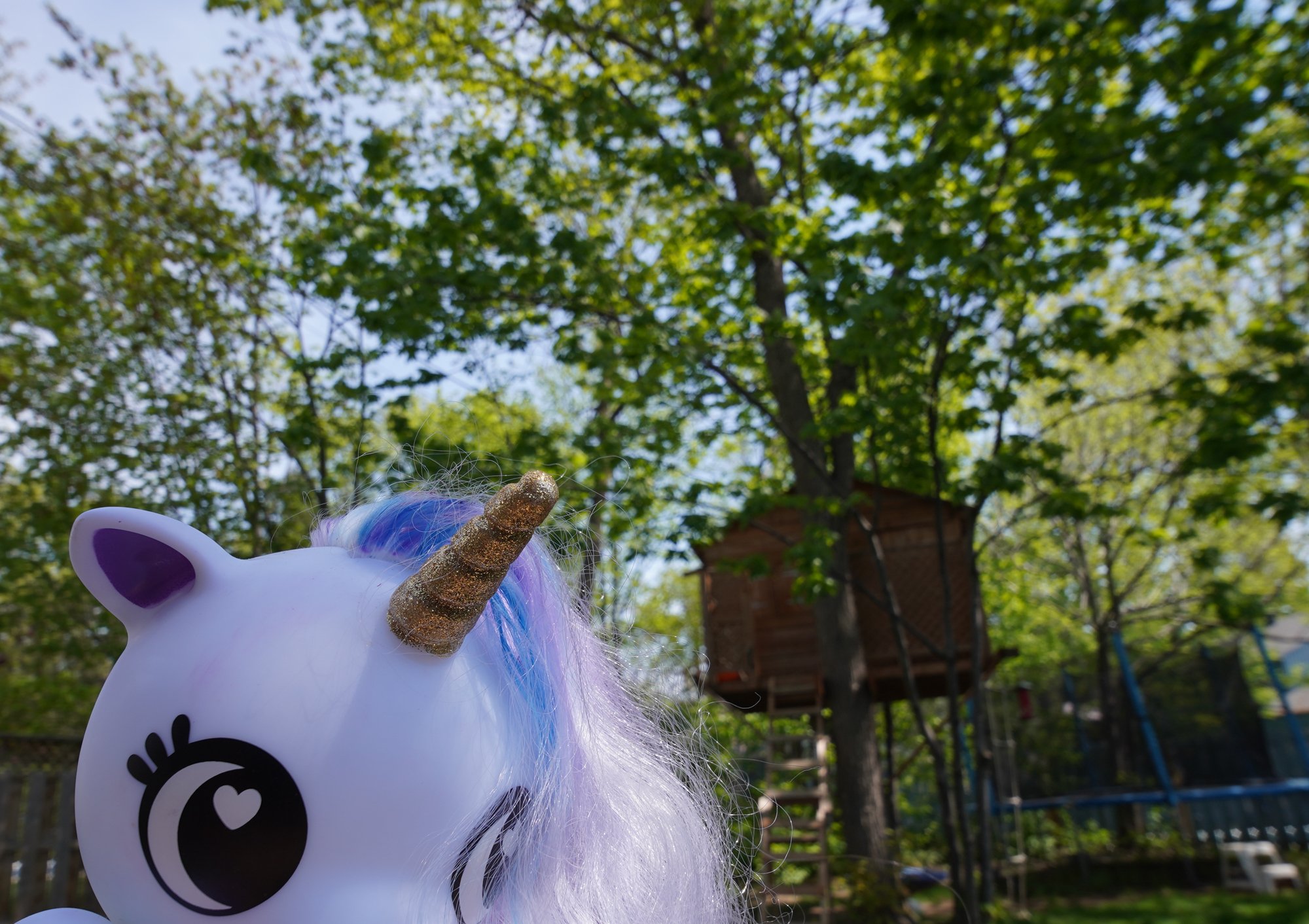 |
| F11 | 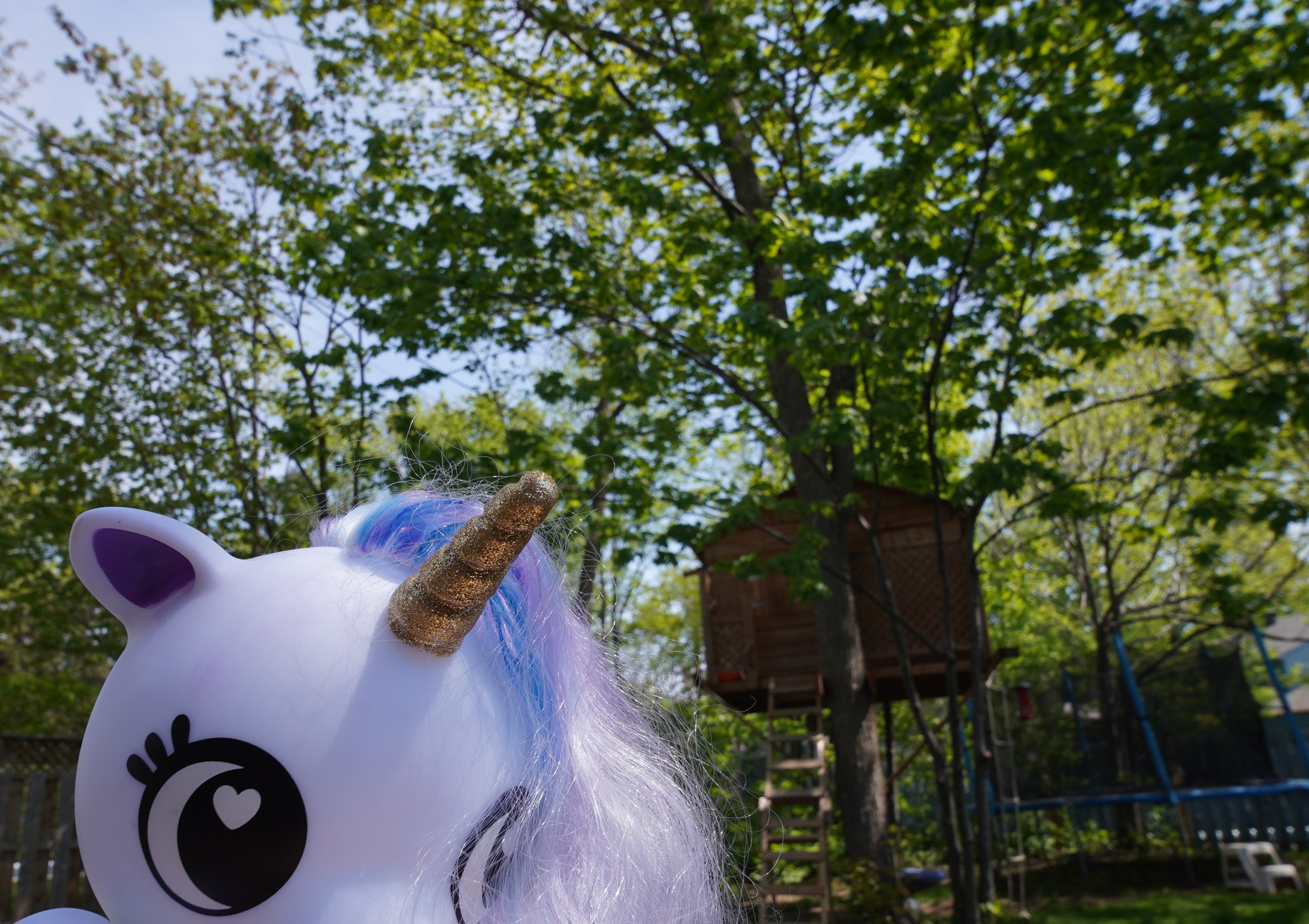 |
| F16 | 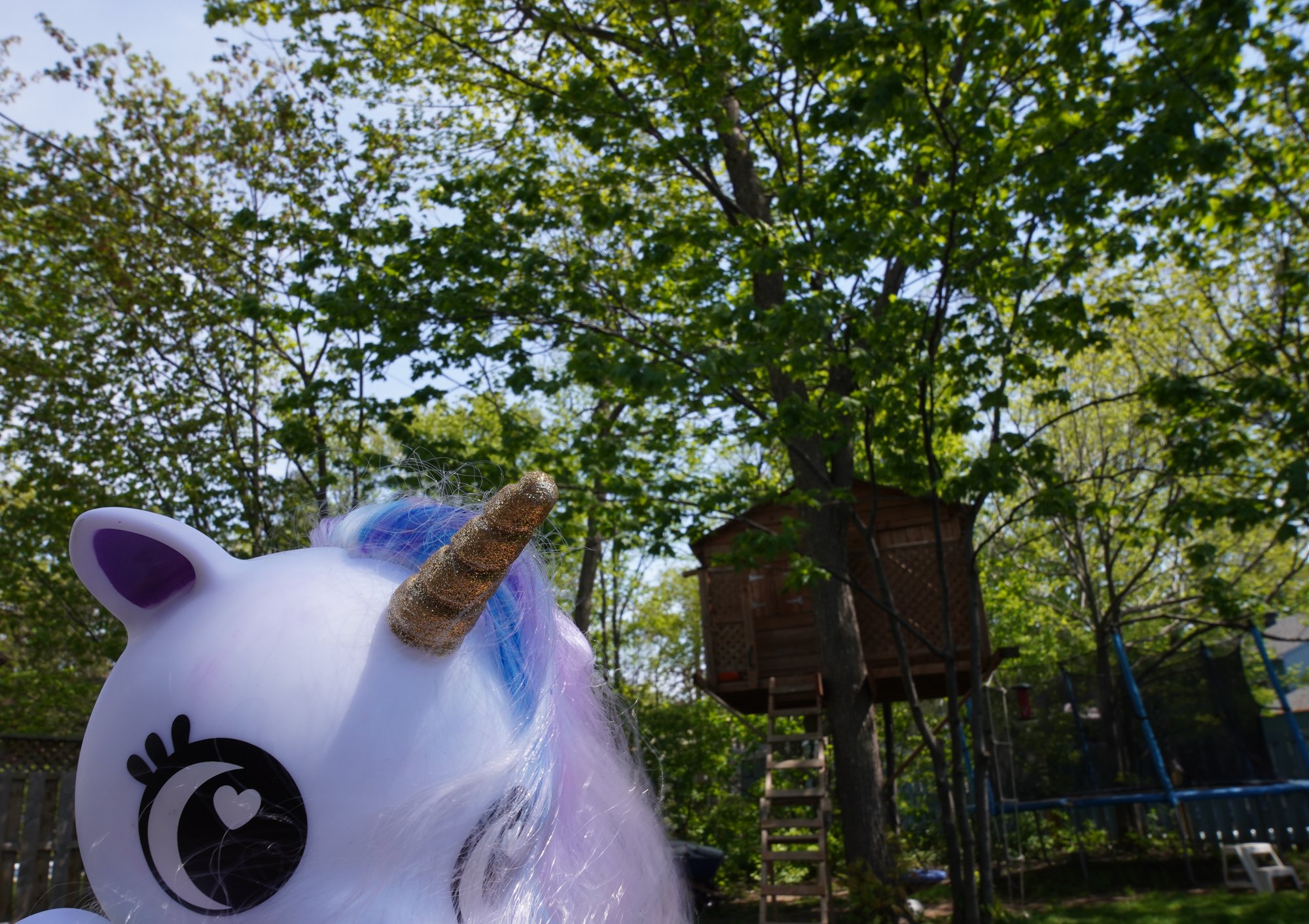 |
| F22 | 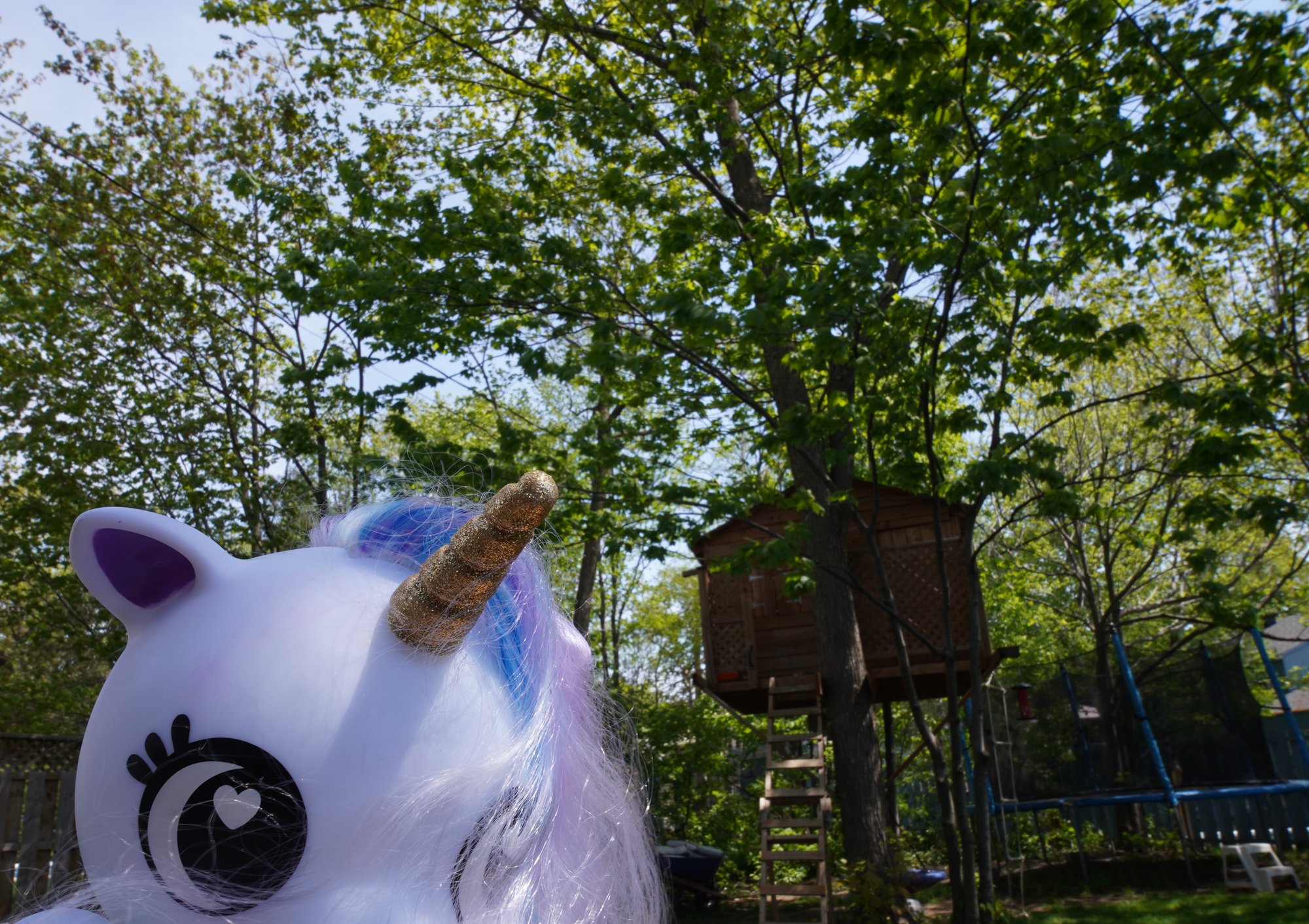 |
No one should expect particularly breathtaking results from a moderate aperture ultra wide angle. Subject isolation simply isn’t the purpose of such a lens, especially with a low maximum magnification.
Wide open, the bokeh is actually adequate to deliver some measure of isolation. The background is busy and dynamic but not overly distracting. This is probably better than most users’ expectations. As the aperture closes, isolation becomes almost non-existant and the concept of bokeh loses meaning.
Flare and Ghosting
Flare is a decrease in contrast caused by reflections on internal lens elements. Ghosting is the appearance of orb-shaped artifacts in an image containing a light source, caused by the same internal reflections. High-quality coatings reduce the importance of flare and ghosting in an image.
We test flare and ghosting by taking pictures of a bright light source positioned at the center and on an edge of the frame, at varying apertures.
Test results at 14mm
| Center | Corner | |
| F4 | 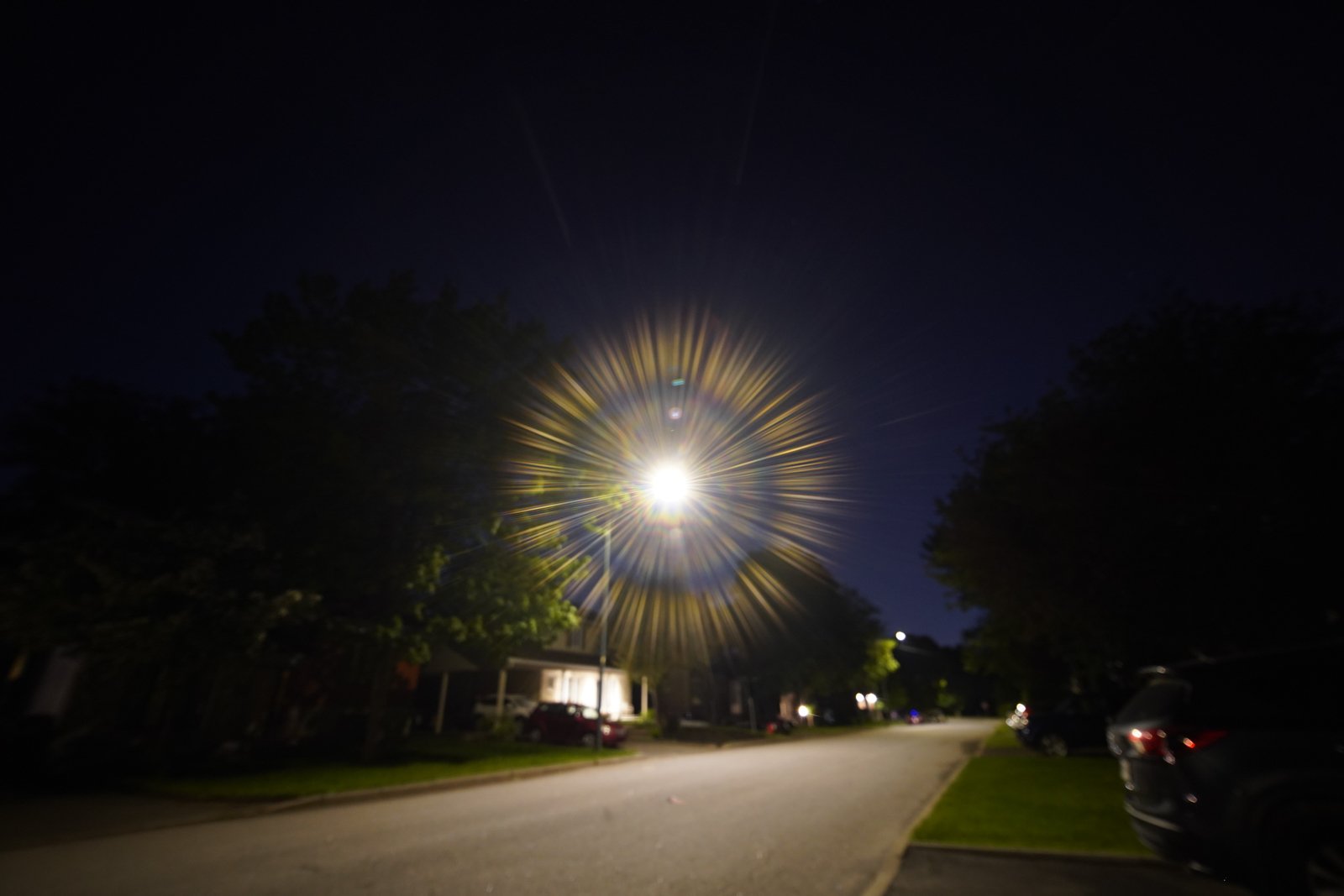 |  |
| F5.6 |  | 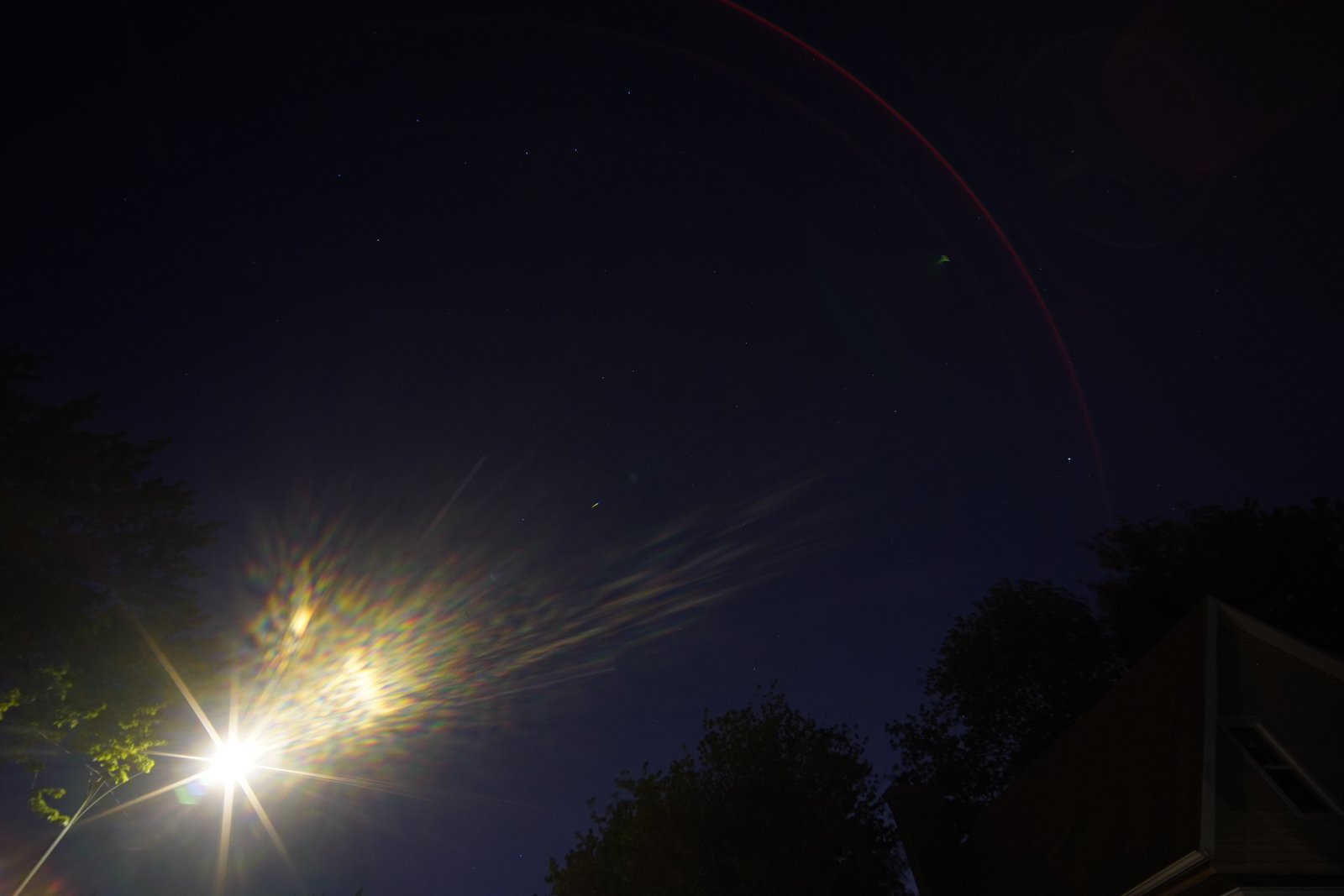 |
| F8 | 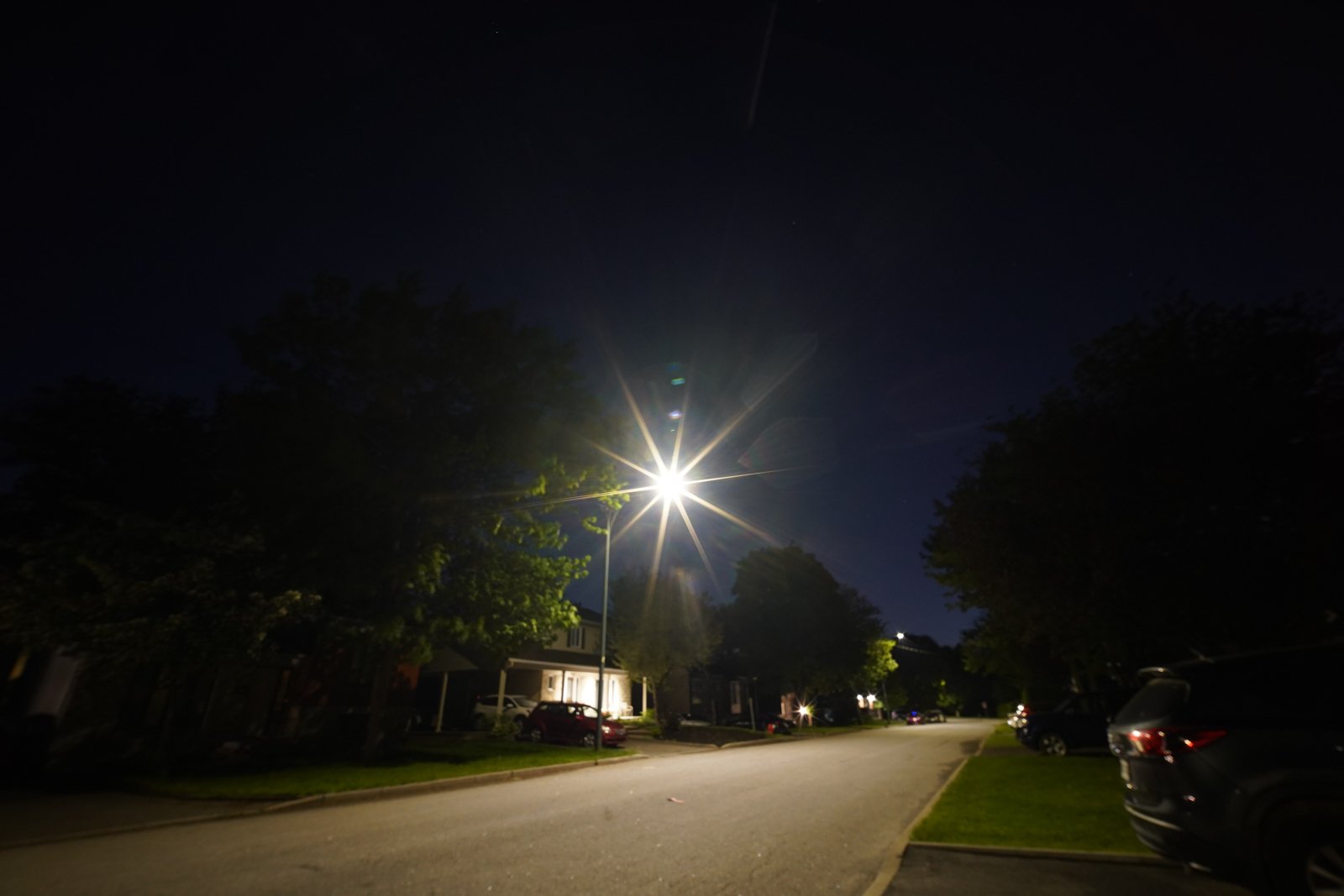 | 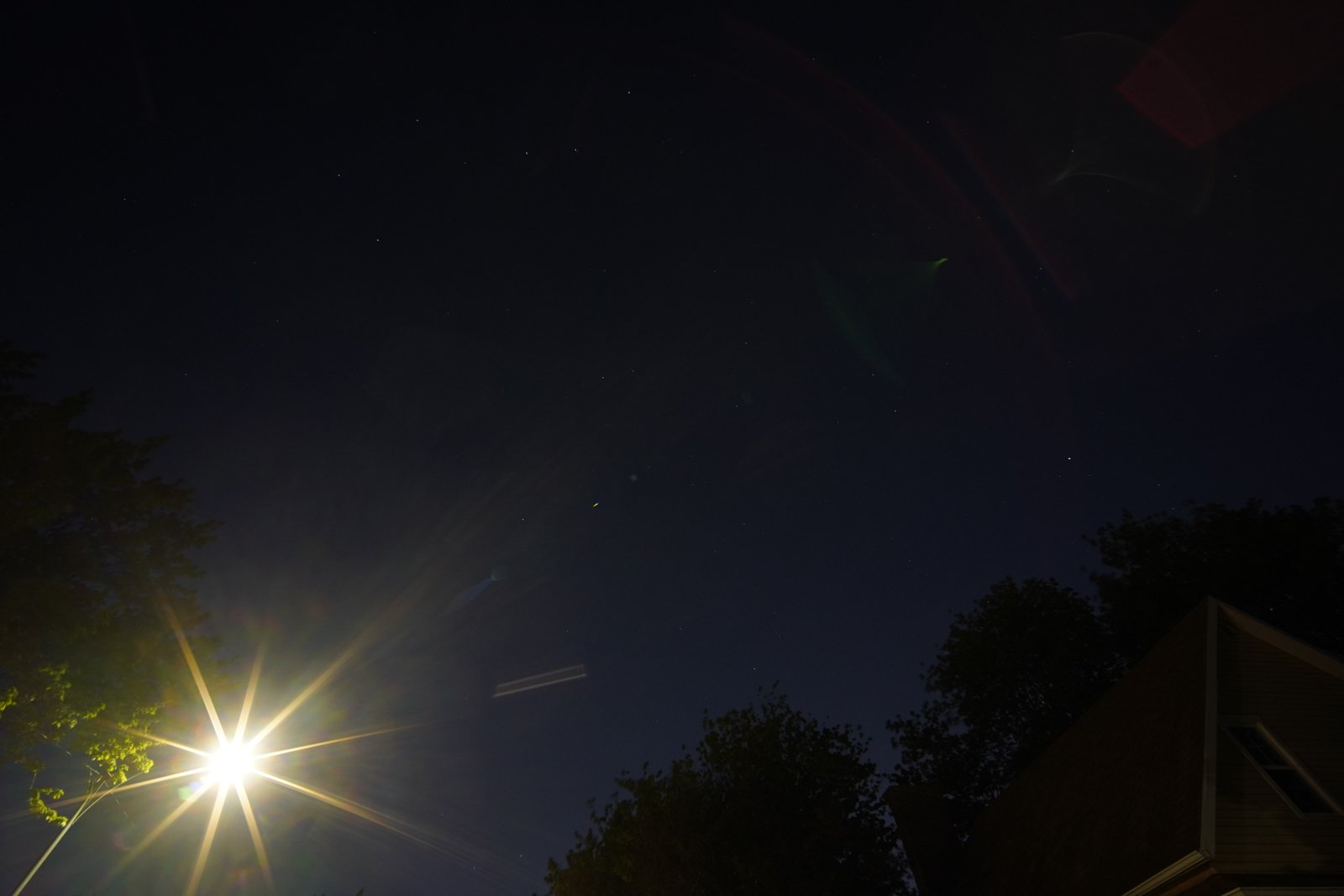 |
| F11 | 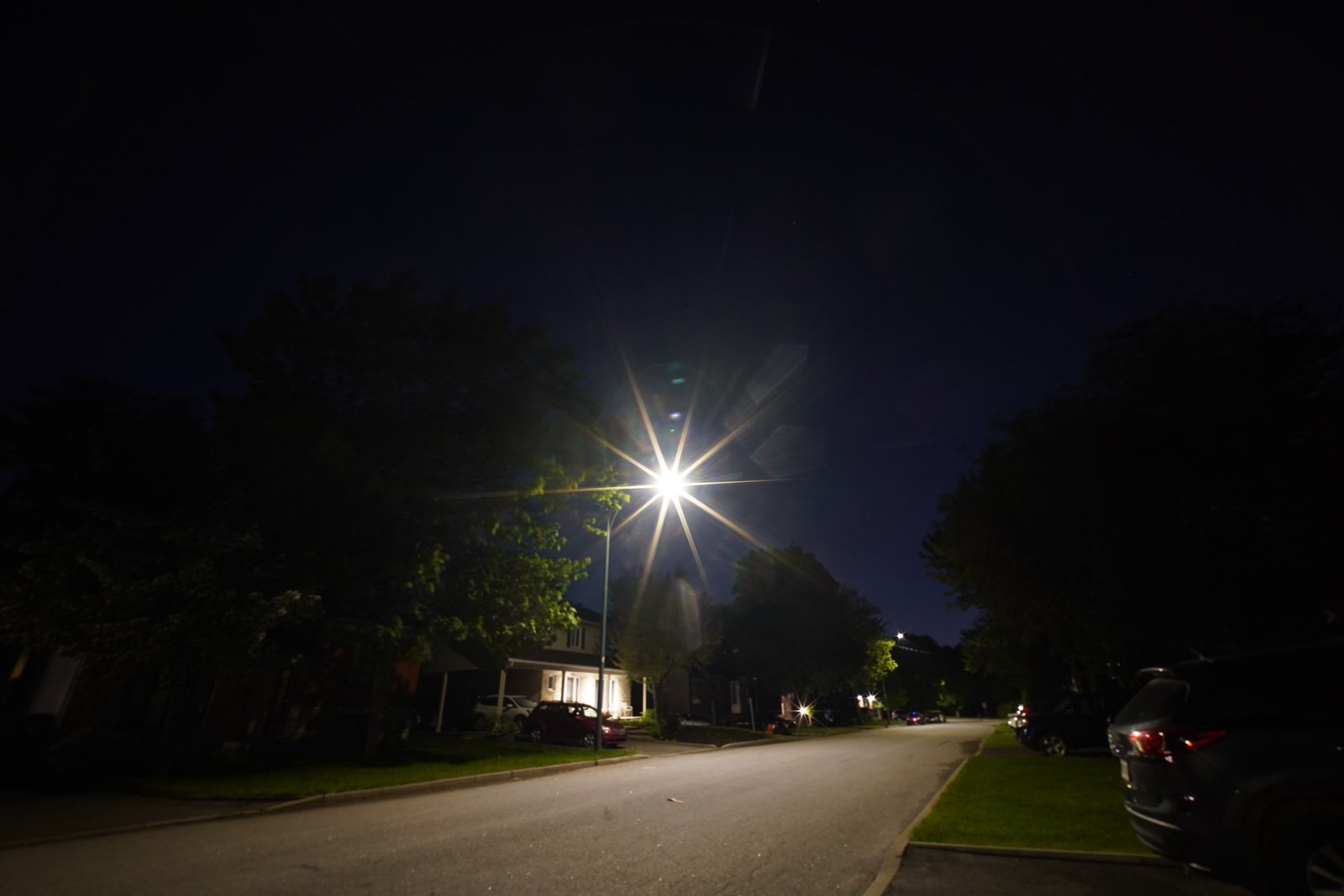 | 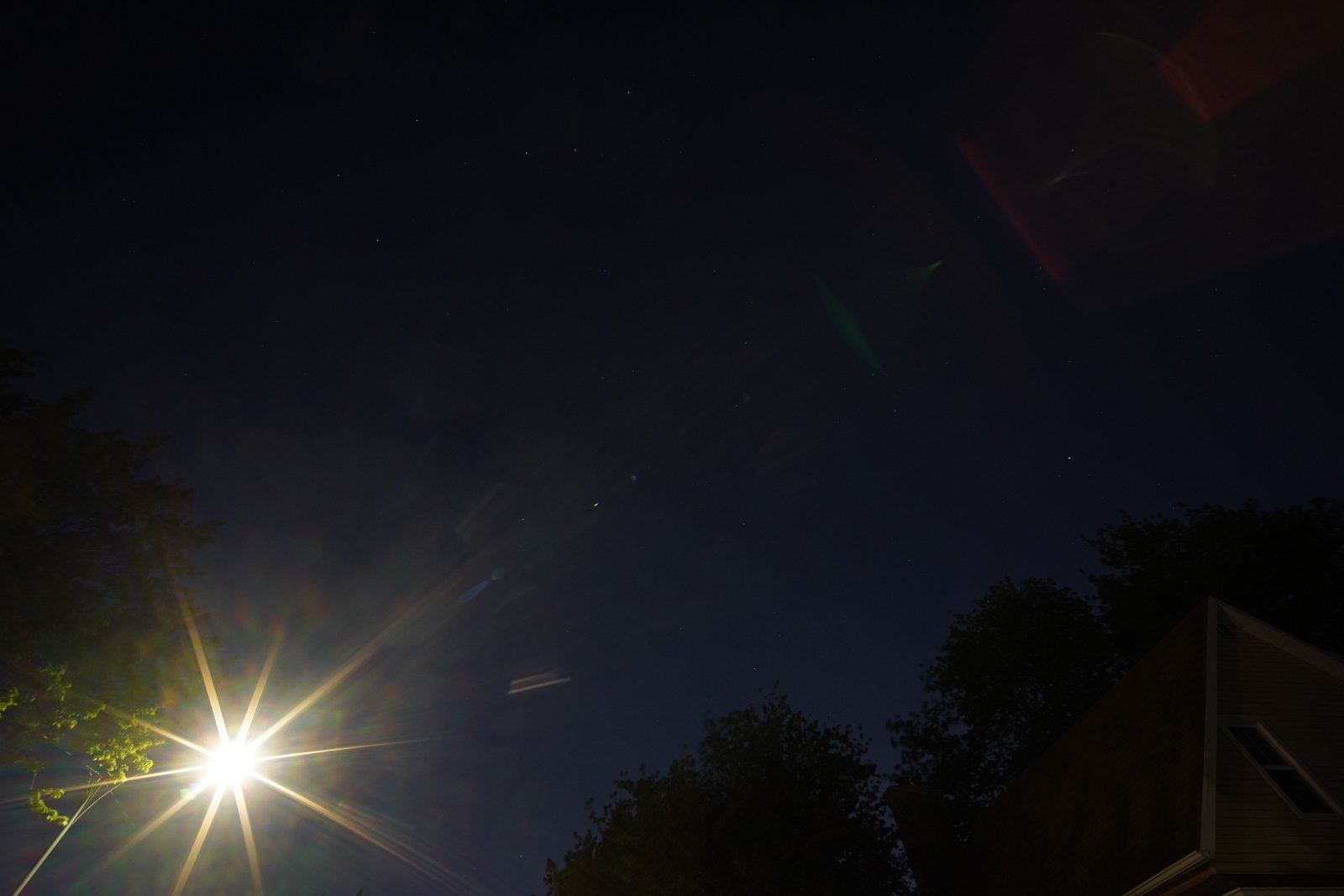 |
| F16 | 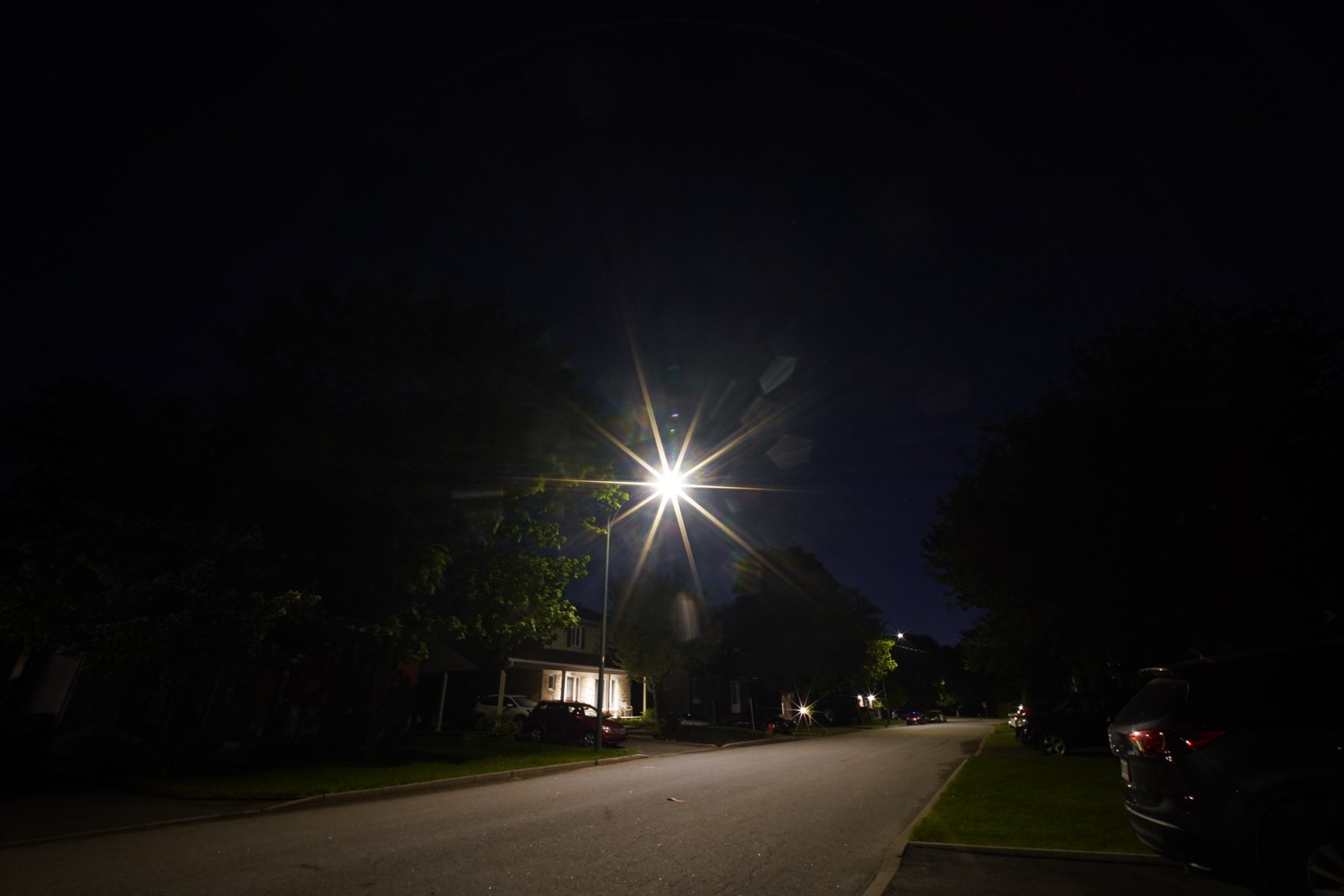 | 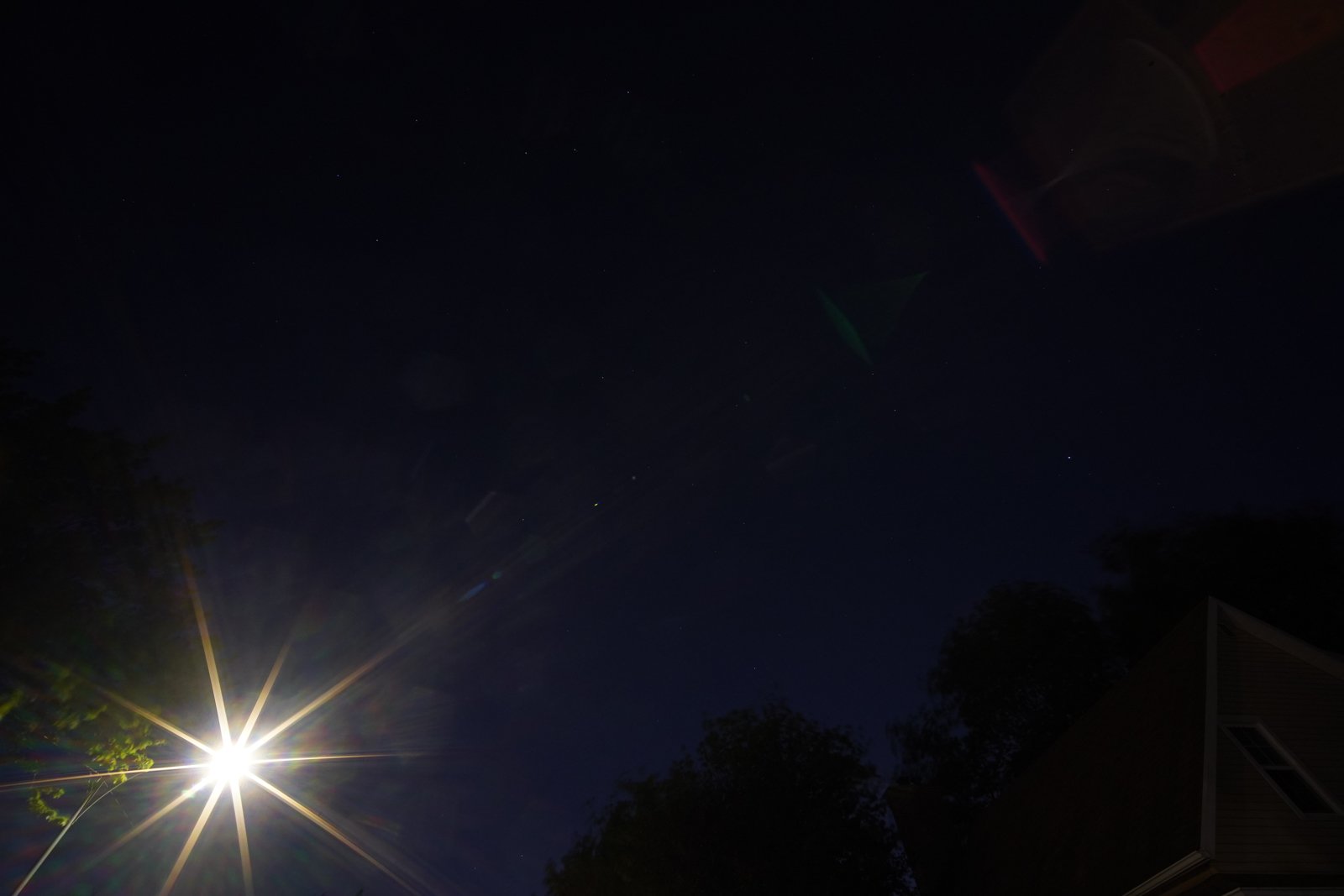 |
| F22 |  | 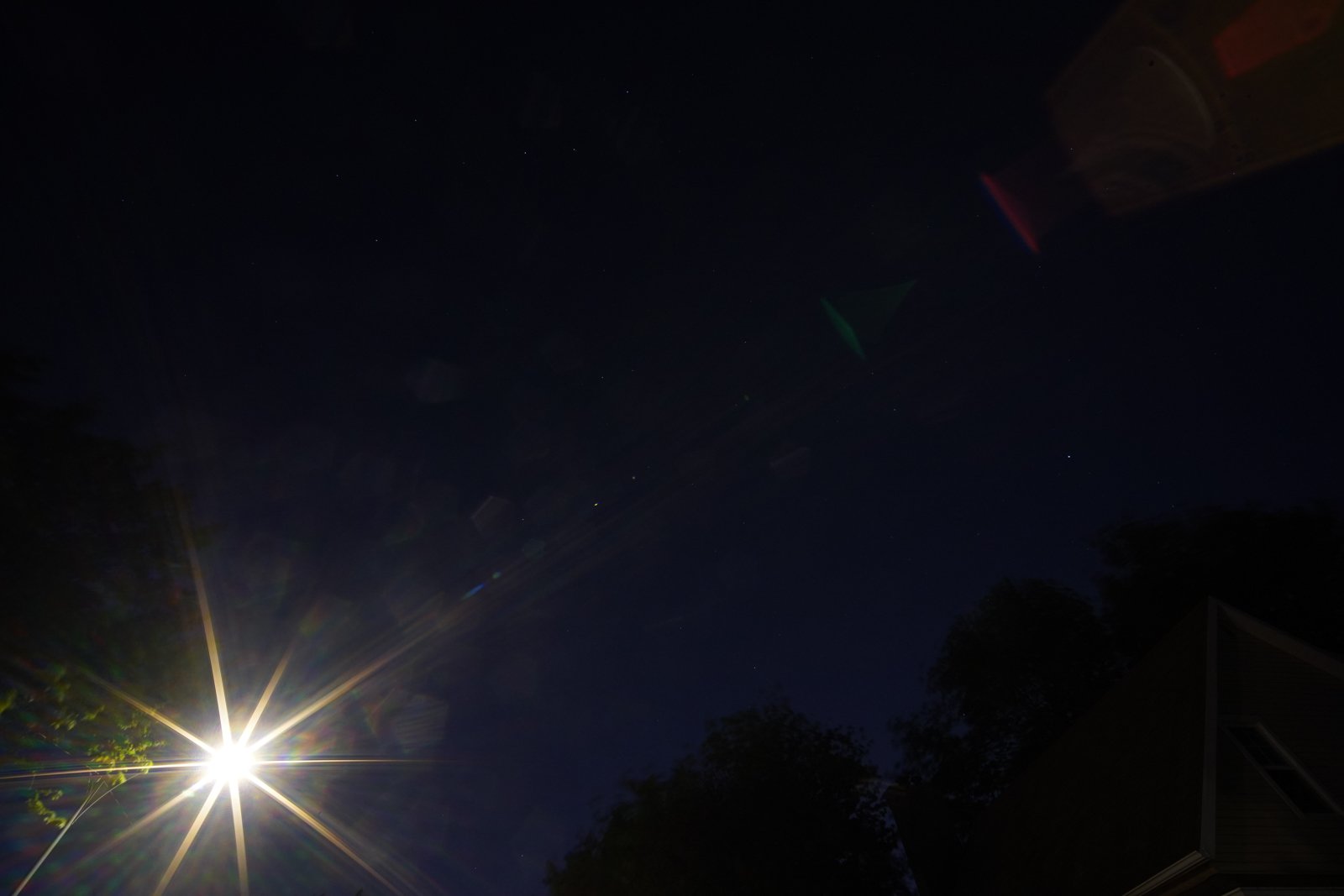 |
In the center, results are vastly different at F4 (where the aperture blades are hidden from the optical path) and all other apertures (where they aren’t). At F4 there is a massive halo around the light source; it disappears at F5.6. All other apertures, there is no flare to speak of, but we do see some ghosts around the light. They remain small and reasonably unobtrusive. Apart from F4, these results are actually better than expected.
With the light in the corner, the bright halo is again present at F4, but also at F5.6. It is gone by F8. Some flare is visible at most apertures, but is not overly distracting. Some ghosting occurs on the diagonal, but will be hard to spot in many cases.
Without being perfect, these results are above expectations.
Chromatic aberration
Chromatic aberration (CA) occurs because different colours do not always have the same focal point. With modern lenses designs, which are better corrected than vintage designs, this is more likely to occur in out-of-focus areas. CA effects are more visible near fast transitions from bright to dark areas.
Most modern cameras have built-in tools to remove CA. Digital manipulations can have an impact on other aspects of an image, thus it is useful to know how a lens performs when those automatic corrections are disabled. In addition, purely manual lenses such as this one do not communicate with the camera, making automatic removal impossible.
Our test sets up the camera at 45° and focuses on the center of the frame, with targets at the center, top and bottom. Images are captured at varying apertures.
| Top | Center | Bottom | |
| F4 |  |  | 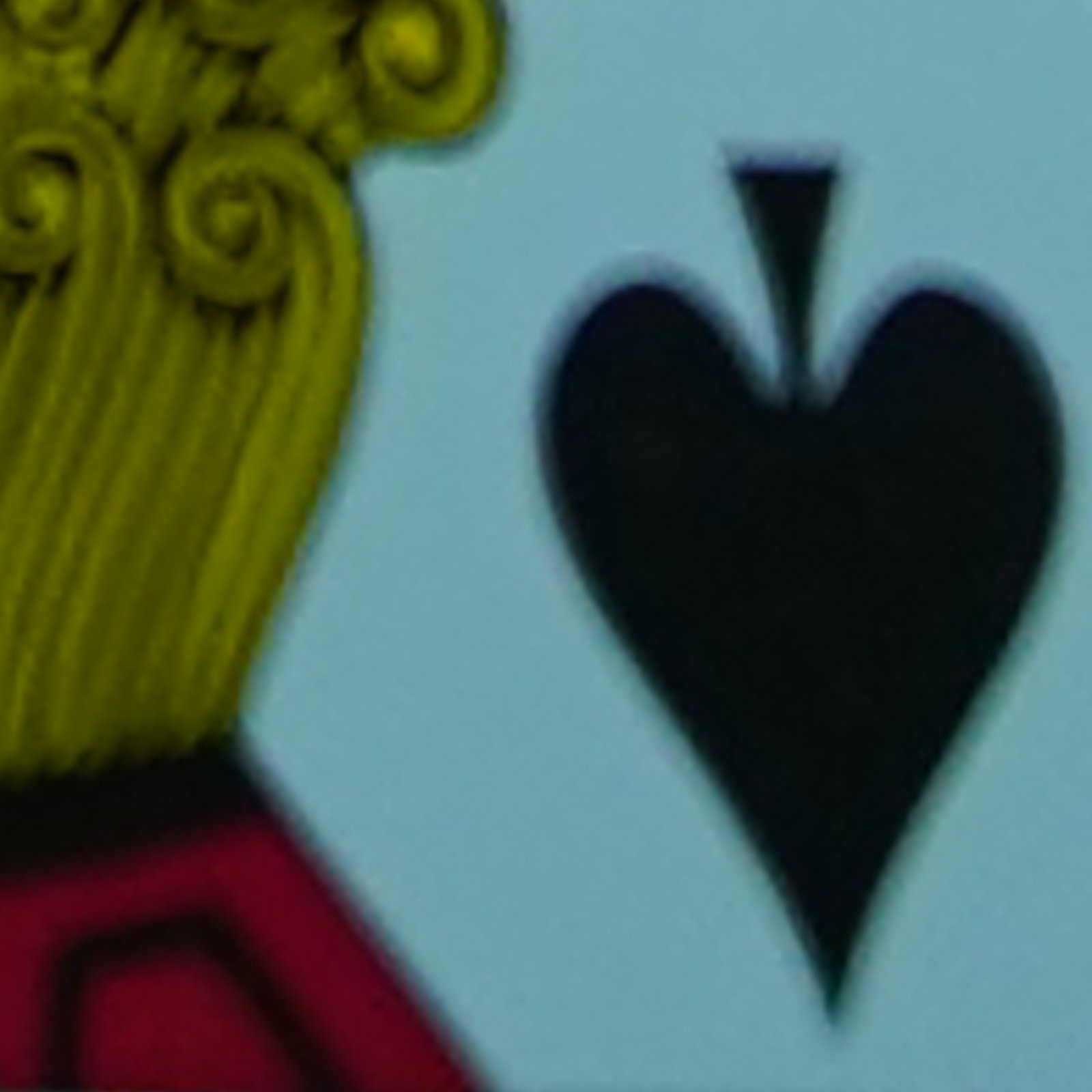 |
| F5.6 |  |  |  |
| F8 | 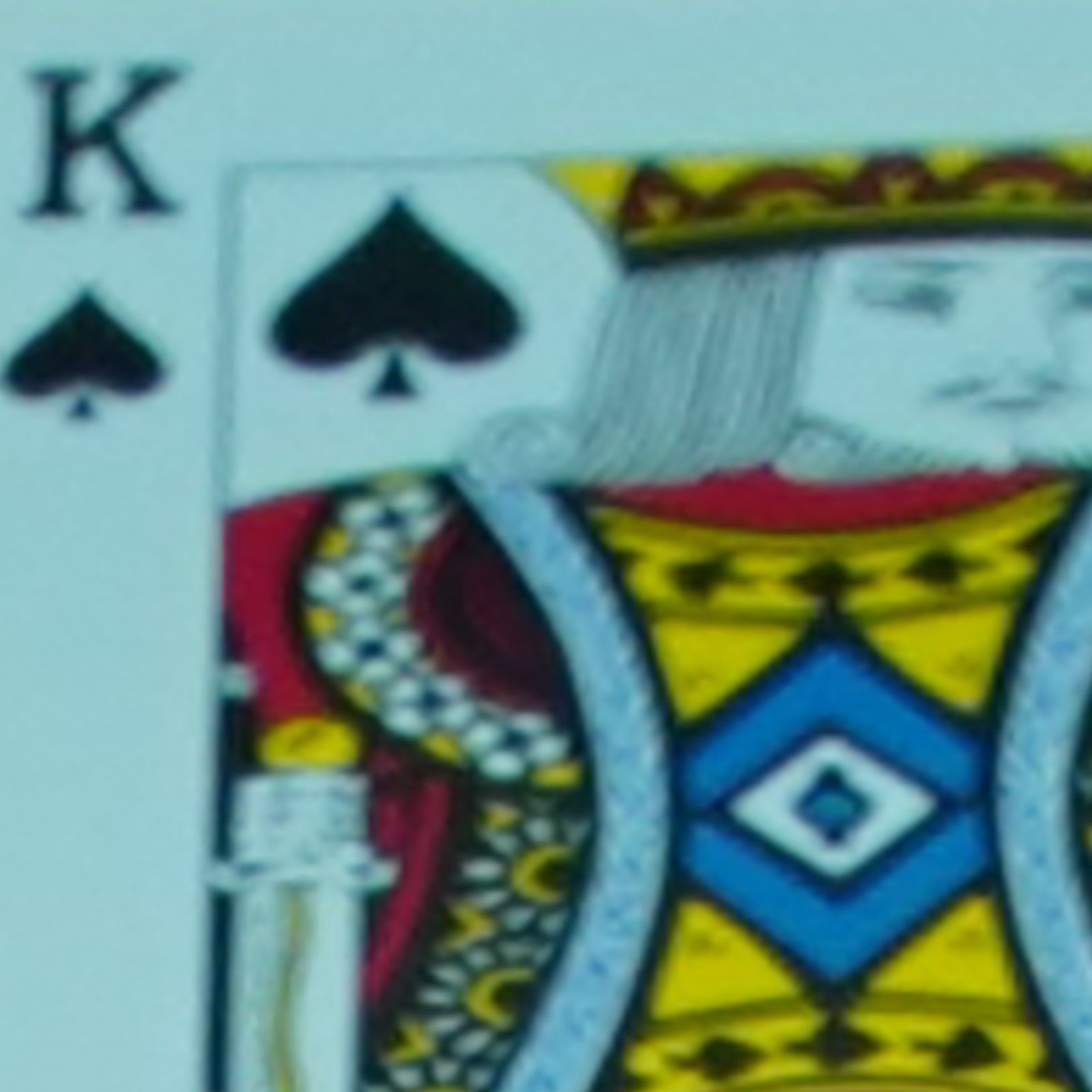 | 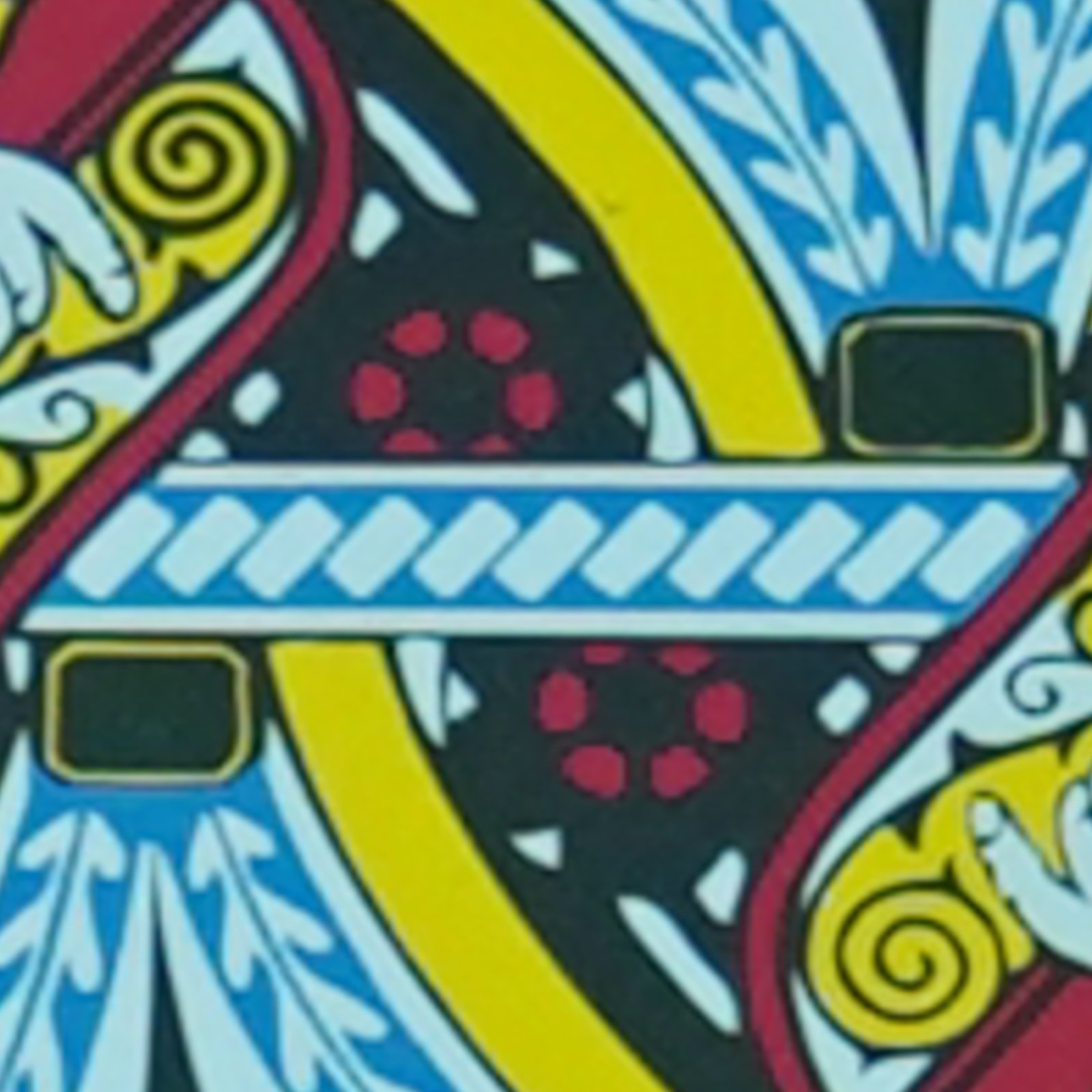 |  |
| F11 | 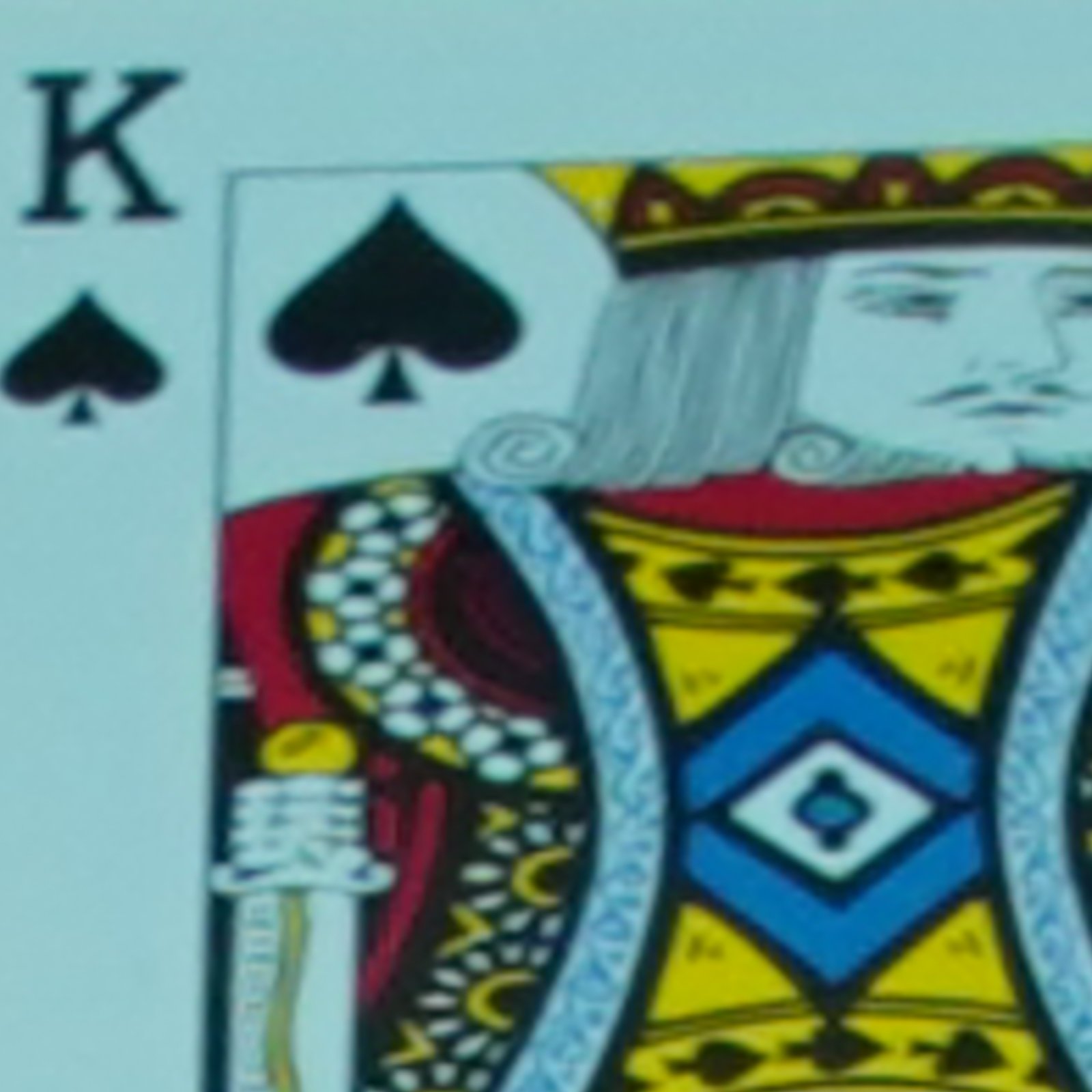 | 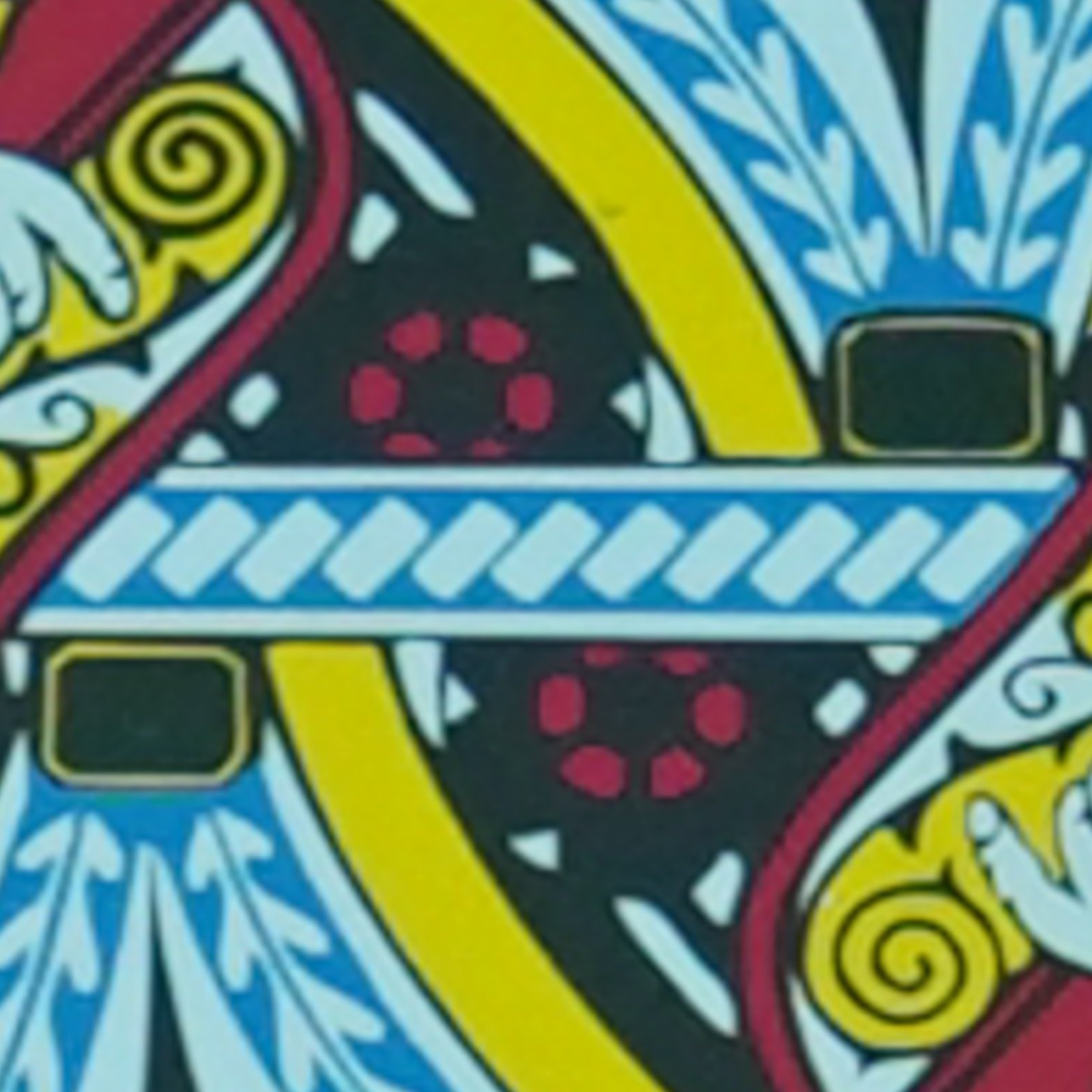 |  |
| F16 |  |  | 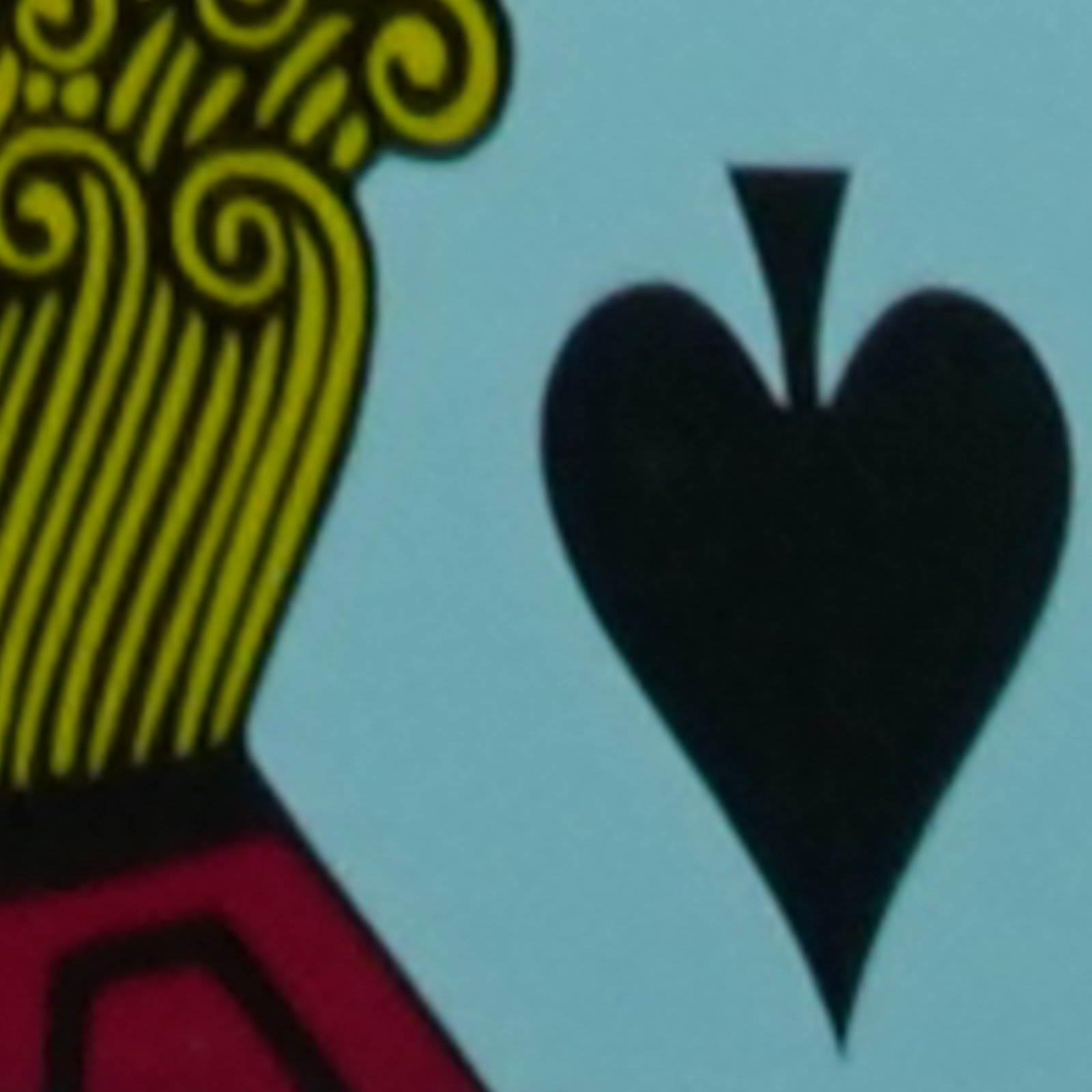 |
| F22 | 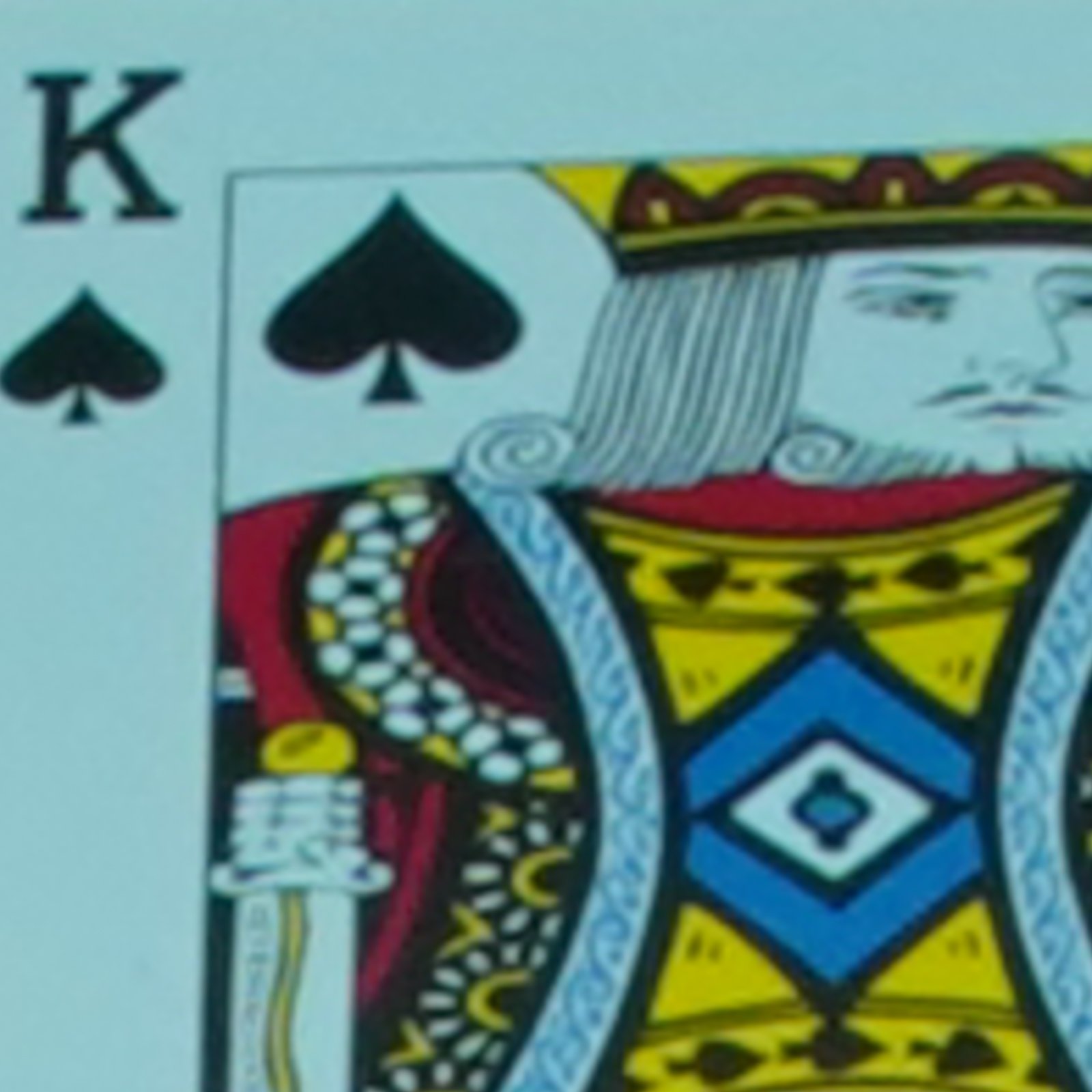 |  |  |
These images show an absence of chromatic aberration on the whole frame. This is, frankly, unexpected based on our previous experience with Laowa lenses.
These results are excellent. Wide angle lenses often struggle with CA; the 14mm does excellently.
Purple fringing
There were only subtle hints of purple fringing in our tests with the Laowa 14mm, as is illustrated by the heavy crop below.

Full image 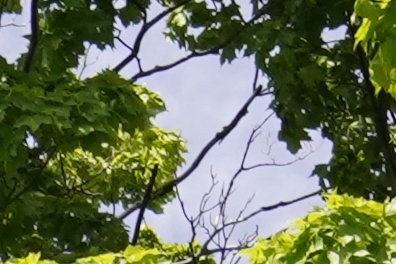
100% crop
Distortion
Distortion refers to a lens’s ability to represent straight lines as straight lines… Wide angle lenses frequently generate barrel distortion, while longer focal lengths are more likely to cause pincushion distortion.
The Laowa 14mm is an ultra wide lens and, as such, some barrel distortion is to be expected. On the other hand, the company prides itself for its designs with low distortion, even applying to the lens the “Zero-D” moniker.
We use a standard test pattern of straight lines and test at 14mm.
| 14mm | 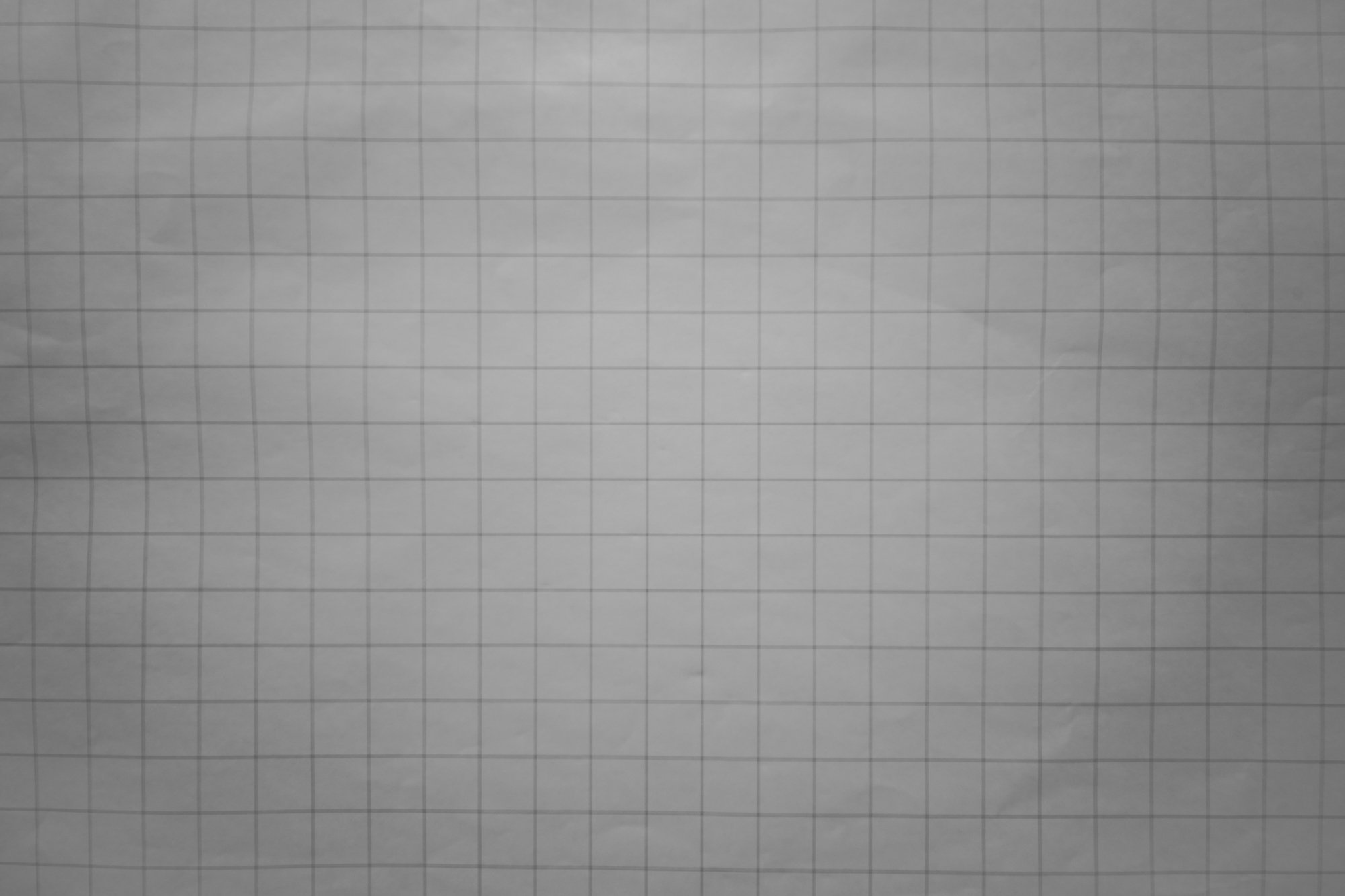 | 0.15% |
The Laowa 14mm shows almost no distortion. What little is there is barrel-shaped, and amounts to a paltry 0.15%.
This is in line with general results with Laowa lenses. The company excels at delivering excellent distortion control on their lenses. It is worthy of the Zero-D label.
Sample images

A7C, 14mm, 1/4000s, ISO 640 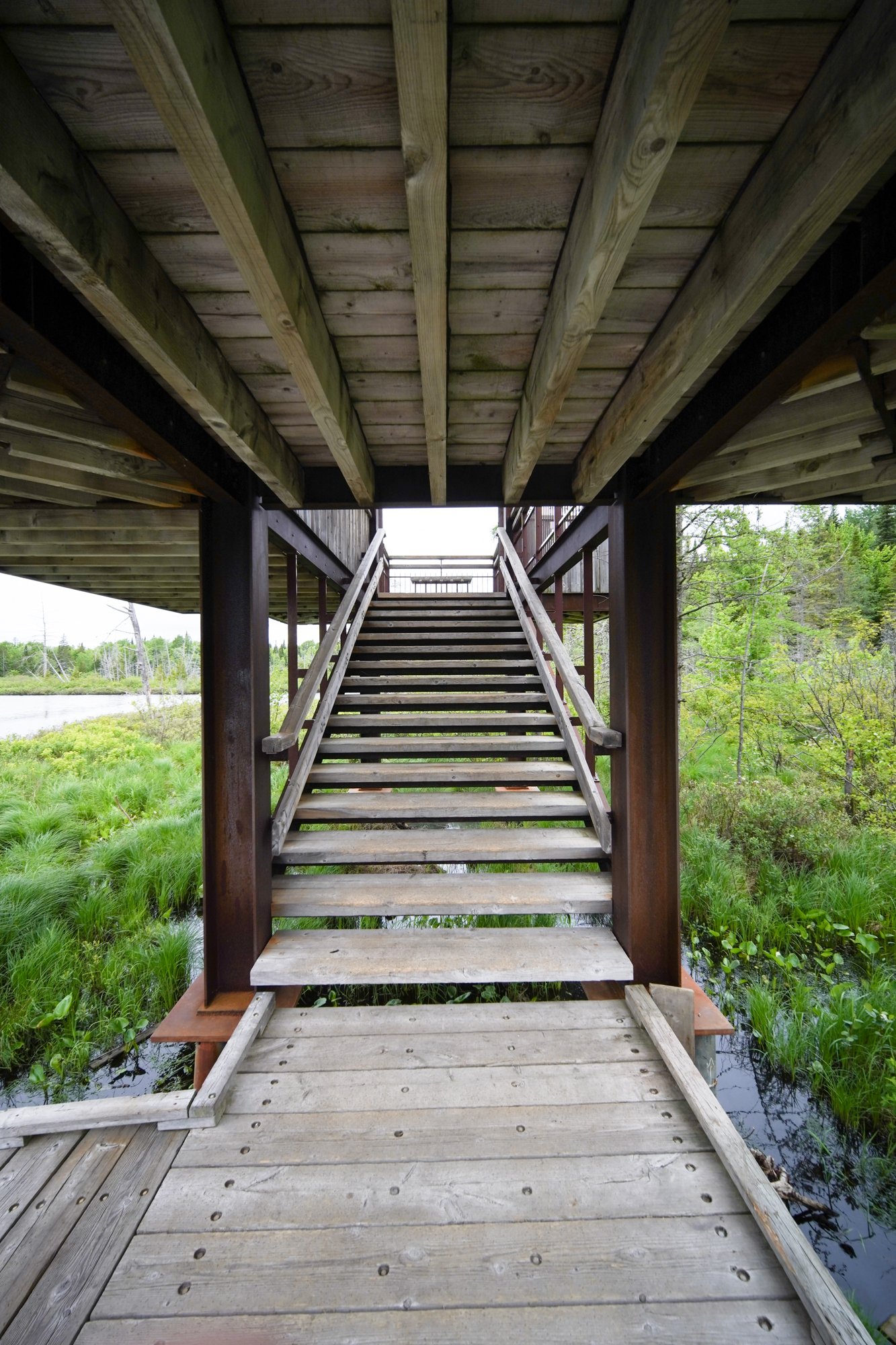
A7C, 14mm, 1/250s, ISO 320 
A7C, 14mm, 1/250s, ISO 100 
A7C, 14mm, 1/640s, ISO 640 
A7C, 14mm, 1/800s, ISO 100 
A7C, 14mm, 1/320s, ISO 100 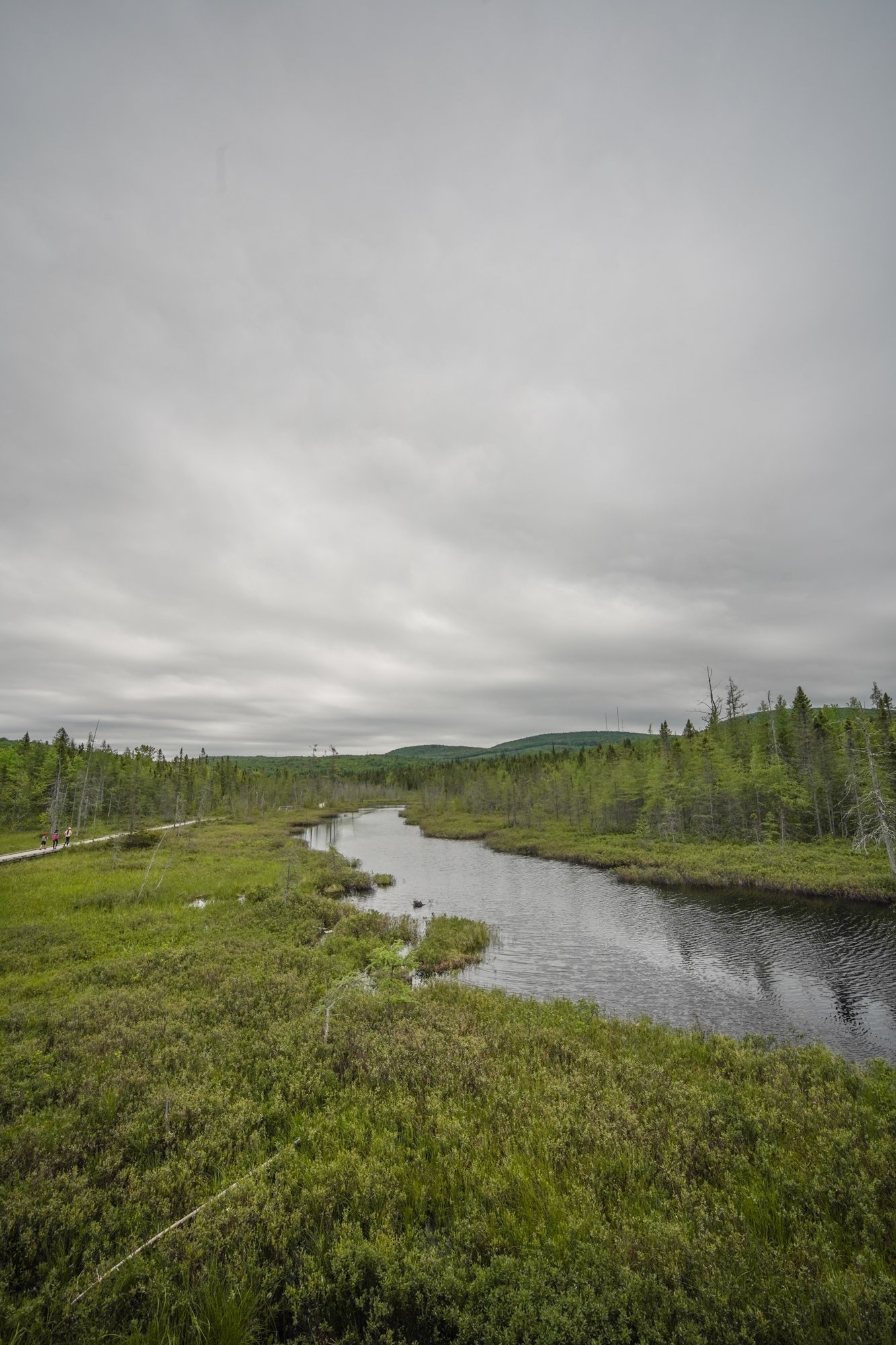
A7C, 14mm, 1/1600s, ISO 320 
A7C, 14mm, 1/200s, ISO 100 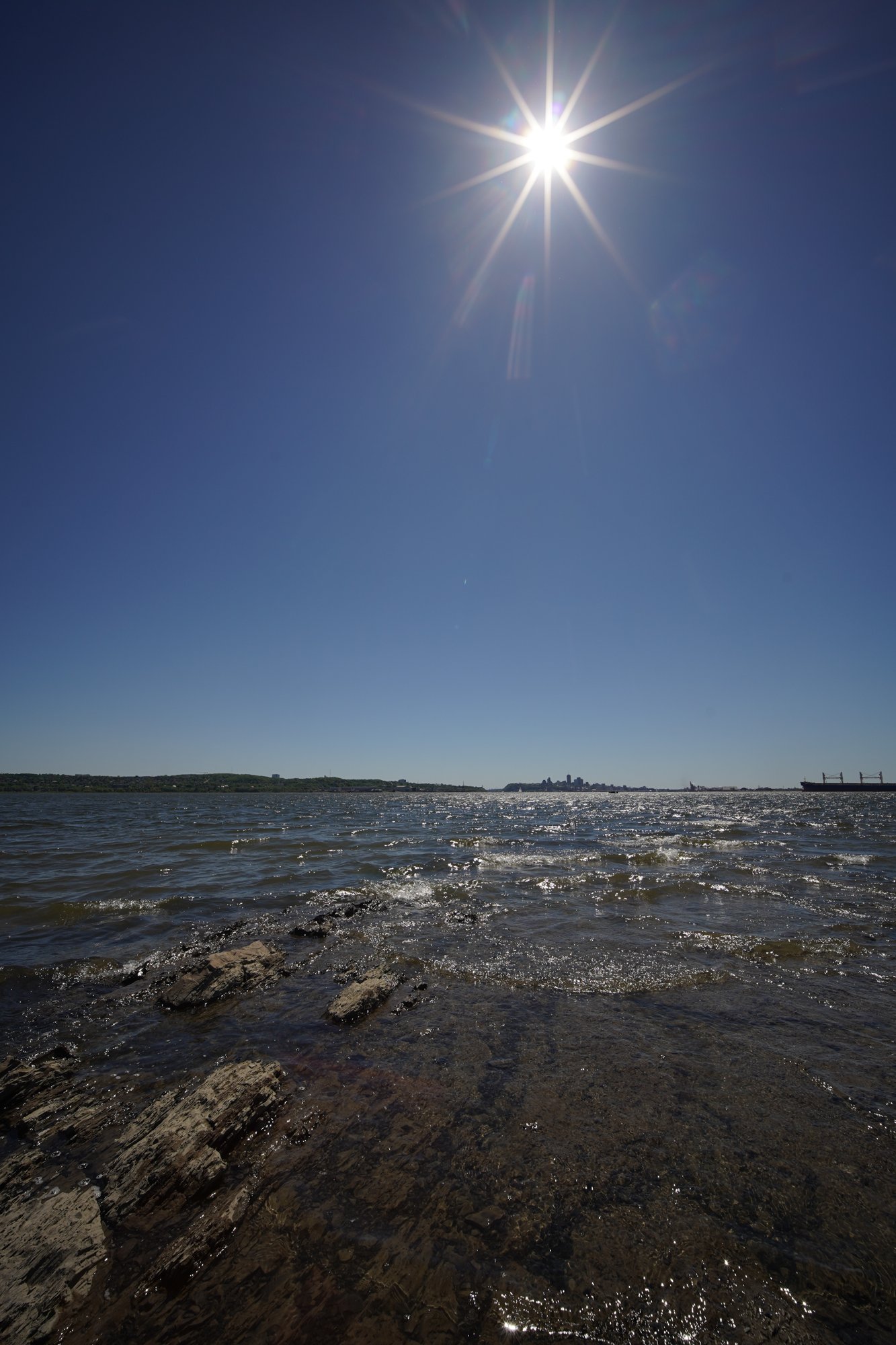
A7C, 14mm, 1/640s, ISO 100 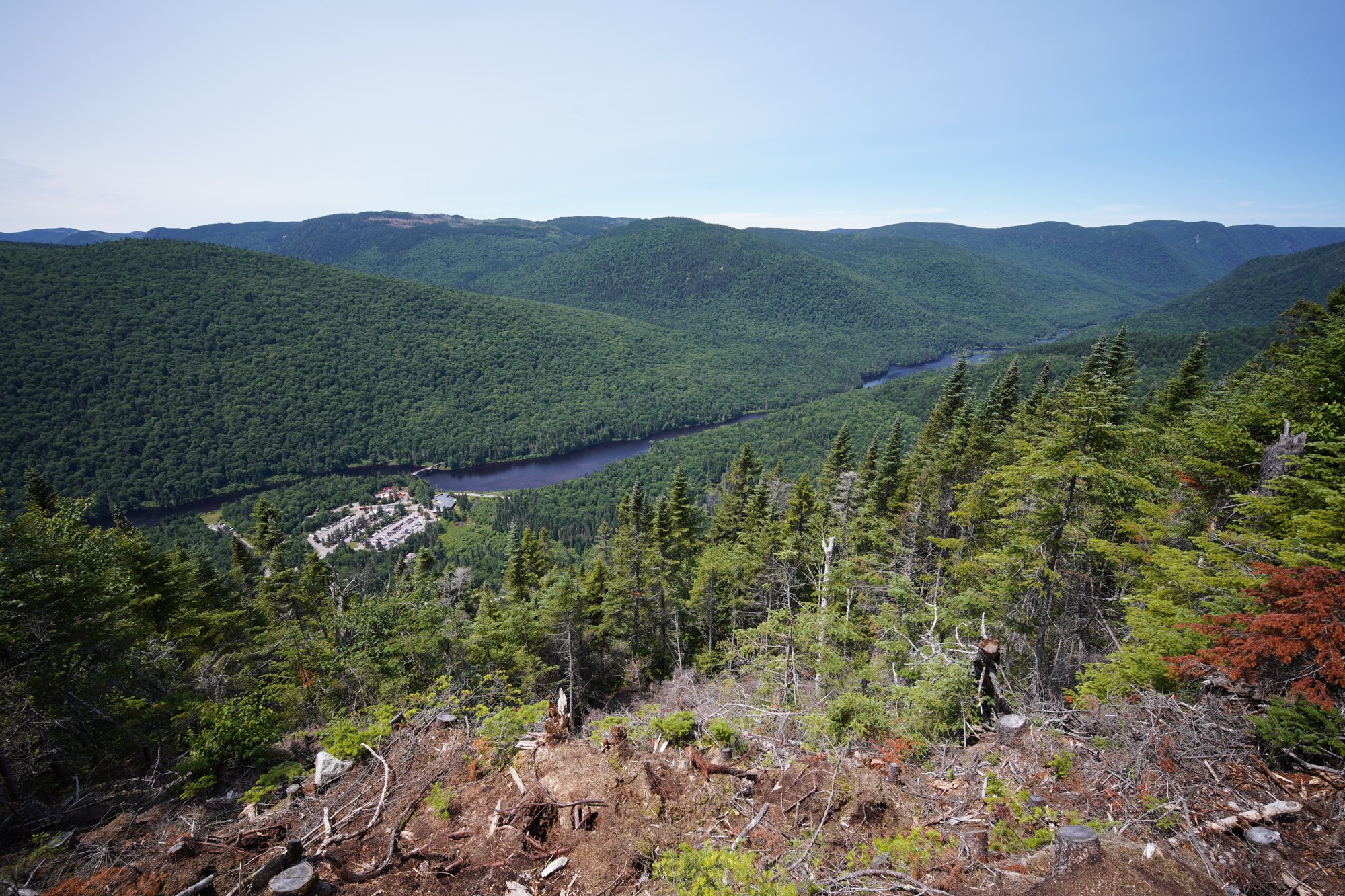
A7C, 14mm, 1/100s, ISO 100 
A7C, 14mm, 1/640s, ISO 100 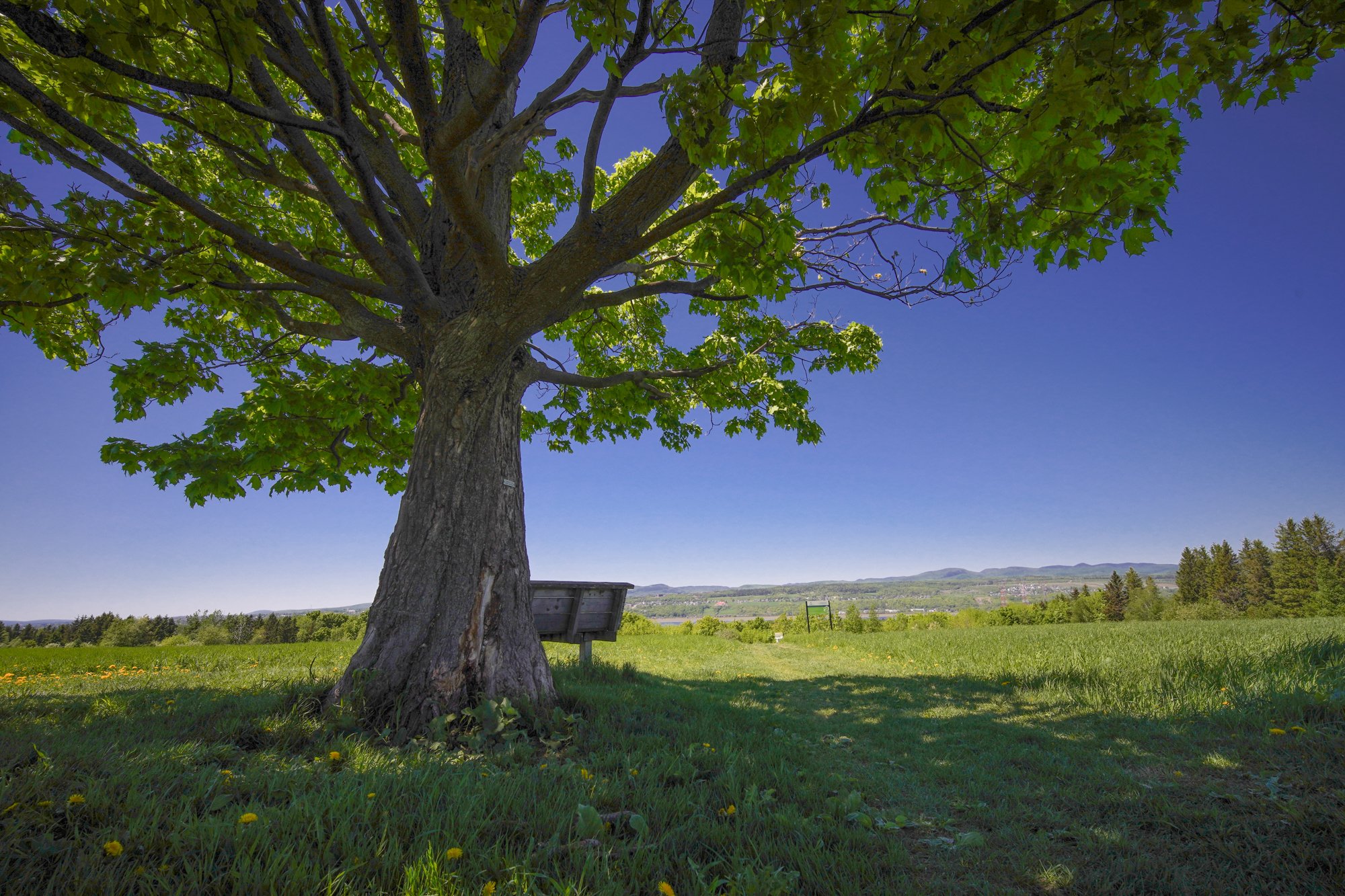
A7C, 14mm, 1/1000s, ISO 640 
A7C, 14mm, 1/3200s, ISO 320 
A7C, 14mm, 1/125s, ISO 100 
A7C, 14mm, 1/400s, ISO 320 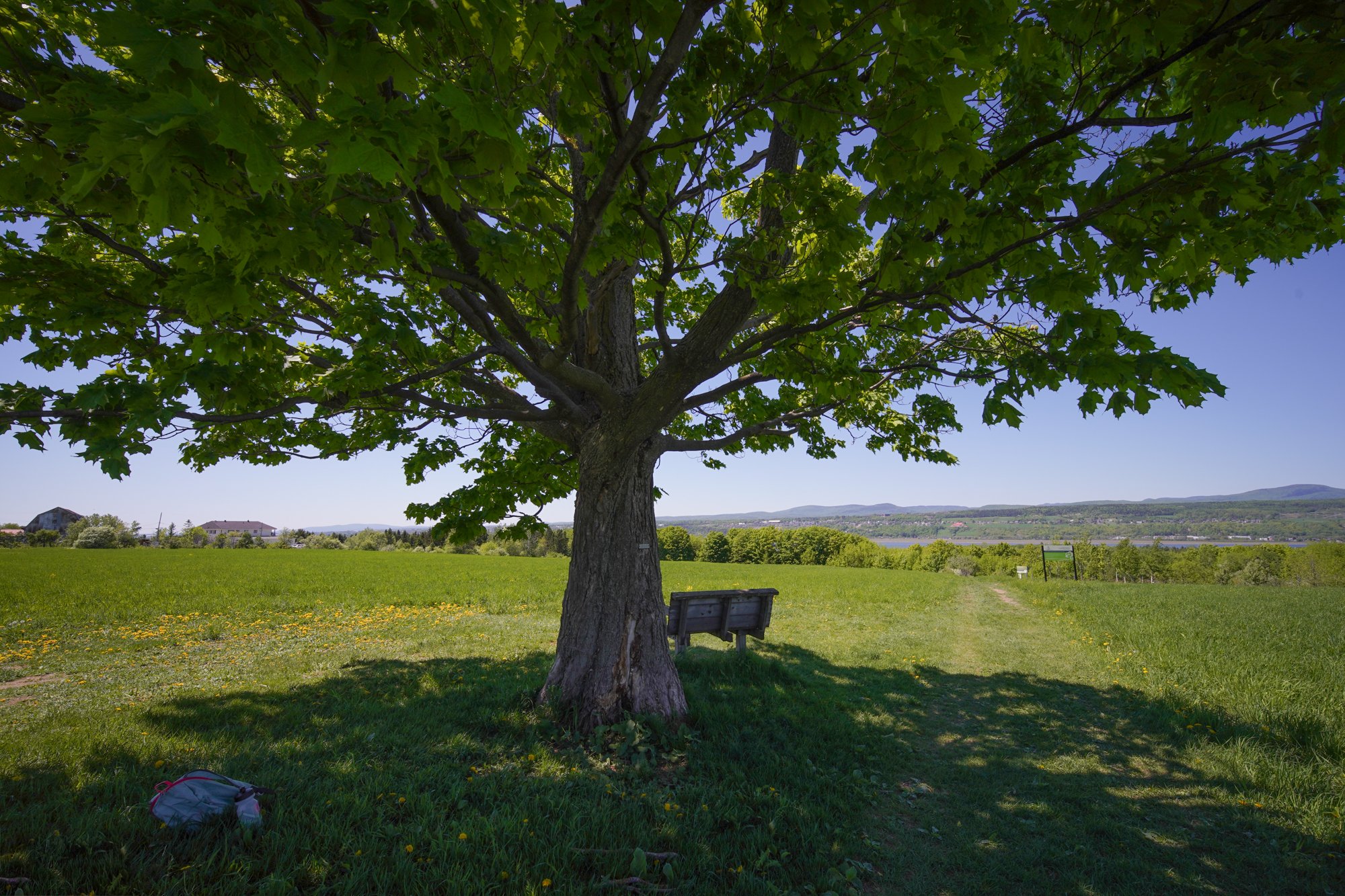
A7C, 14mm, 1/125s, ISO 100 
A7C, 14mm, 1/640s, ISO 100 
A7C, 14mm, 1/400s, ISO 100 
A7C, 14mm, 1/400s, ISO 320 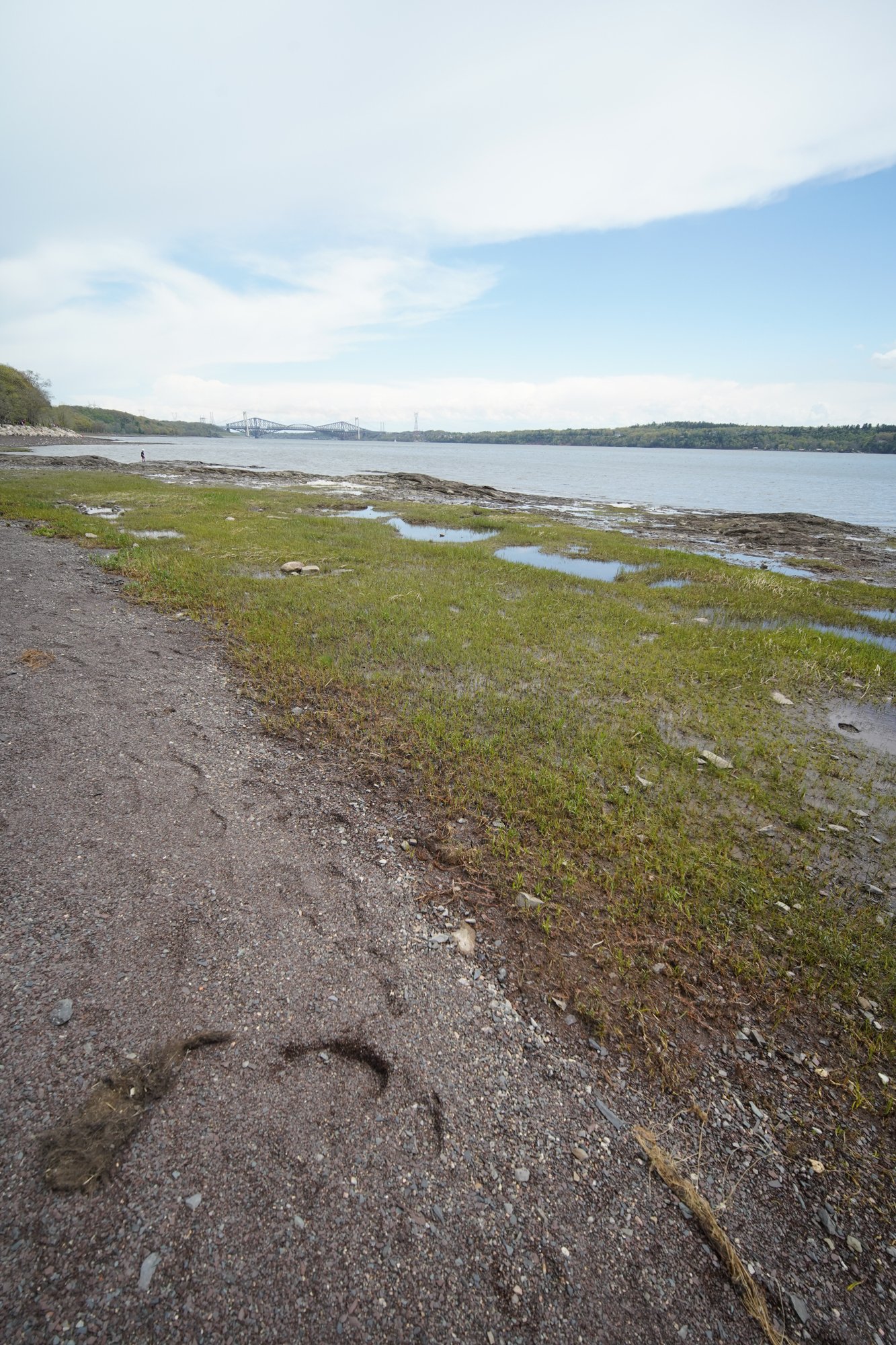
A7C, 14mm, 1/800s, ISO 640 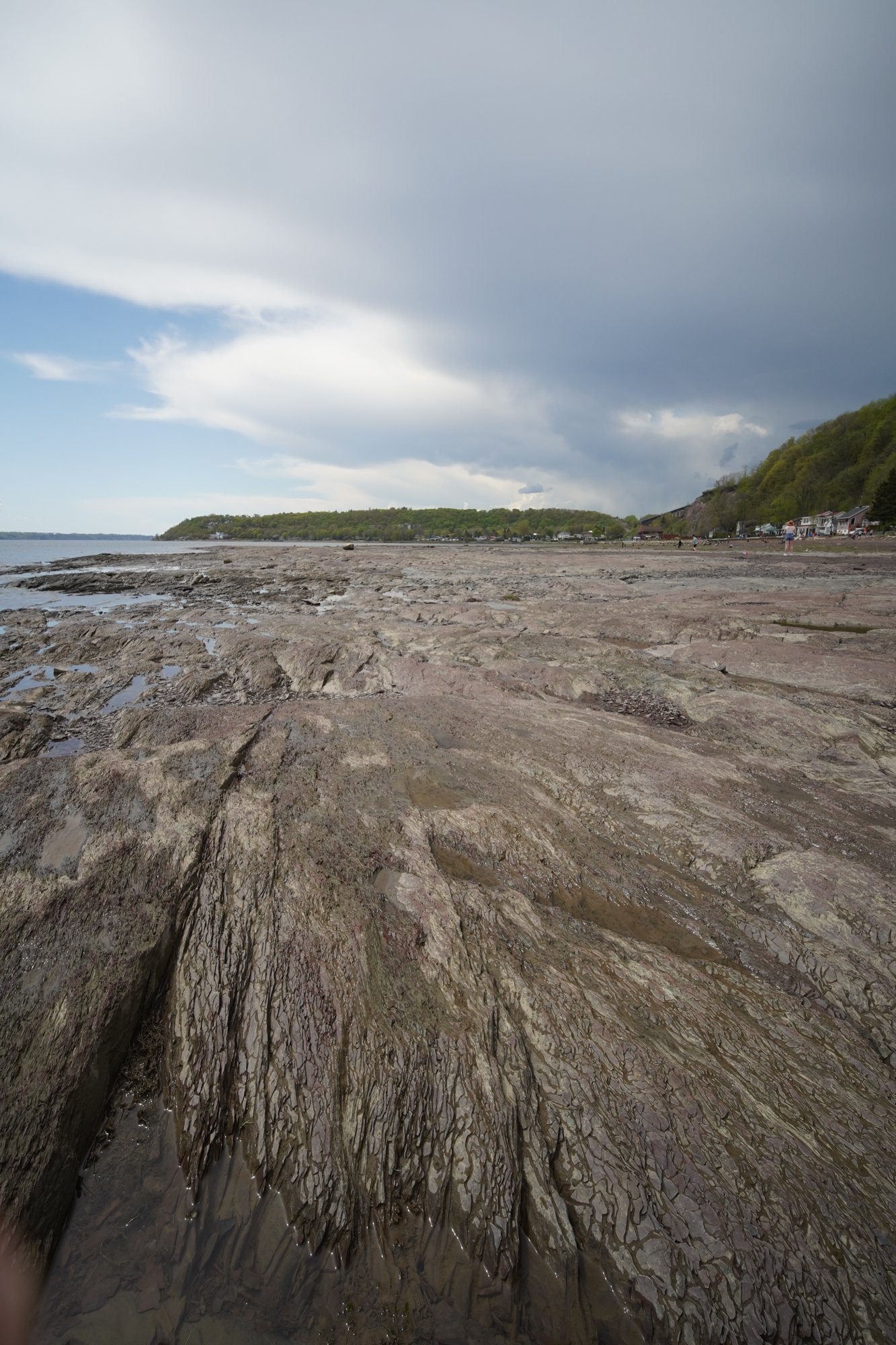
A7C, 14mm, 1/1000s, ISO 640 
A7C, 14mm, 1/4000s, ISO 640 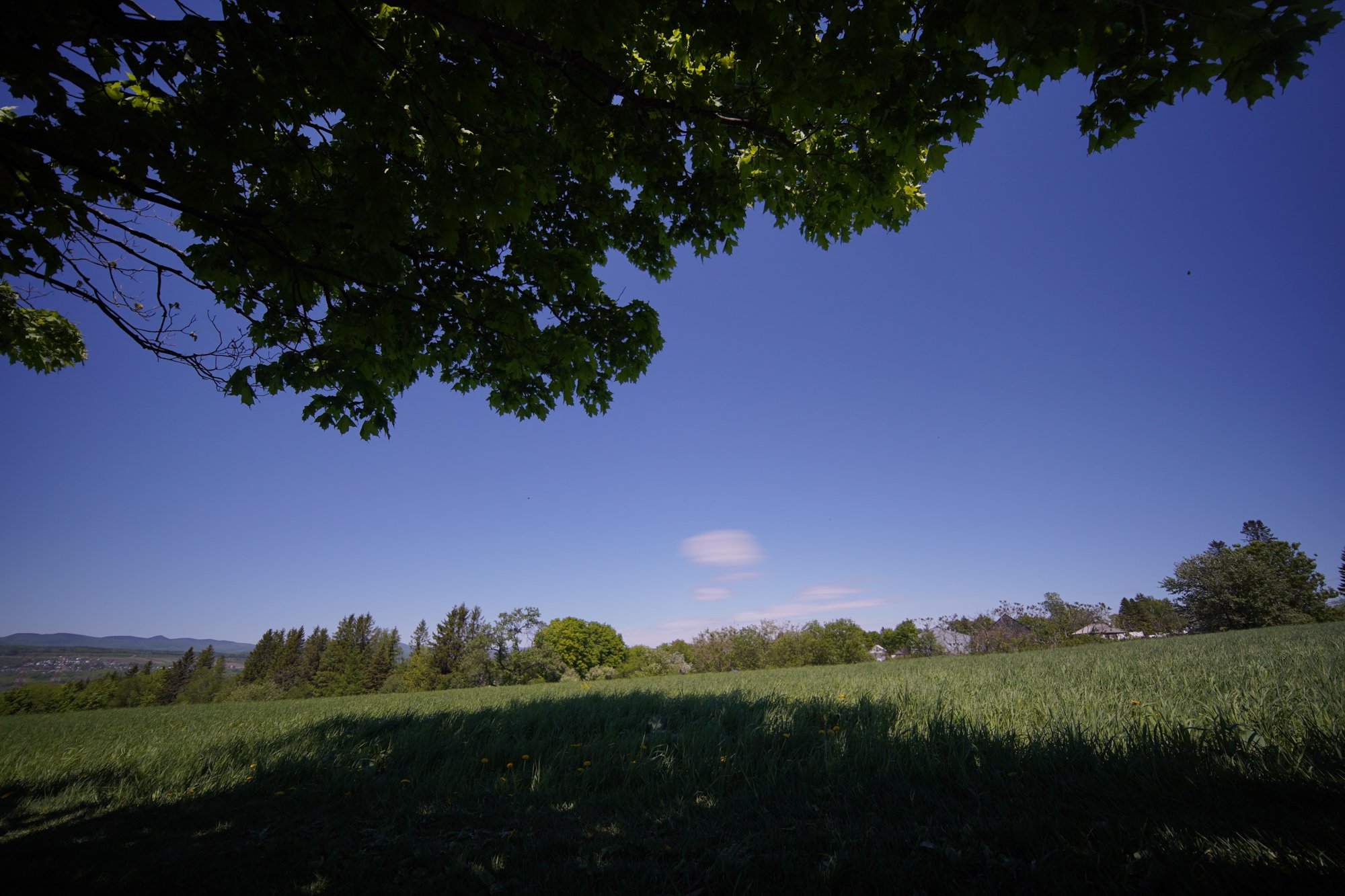
A7C, 14mm, 1/2500s, ISO 160 
A7C, 14mm, 1/1000s, ISO 640
Conclusion
The Laowa 14mm F4 Zero-D is a stalwart example of the possibilities offered by mirrorless’ shorter registration distance.
It simply wouldn’t have been possible to design such a lens for a traditional DSLR.
As with other Laowa lenses, the build quality is excellent. The lens is made entirely of metal, the engraving is elegant, the coloring matches the orange-red accents on Sony cameras, and the rings operate smoothly and accurately. The lens is small, to a level that’s hard to convey without handling it. The rangefinder styling is very successful here.
Of course, the lens is fully manual, and some users will not appreciate this. Managing the aperture and exposure isn’t really a problem, as the lens essentially operates in A mode (the camera dynamically measures the required exposure, and the user adjusts aperture on the ring instead of on-camera). The two main drawbacks is that the lens lacks autofocus and that there is no lens information recorded in the EXIF (including aperture). Full automatic exposure also isn’t available. The lack of autofocus will be felt most strongly, particularly since, on our test camera at least, focus peaking reports a deep range as being in-focus, which can be misleading and result in poorly focused images. When shooting landscapes, it’s often more useful to play it safe and use a smaller aperture.
Optical performances do not disappoint in general, without being perfect. Center sharpness is great, but edges and corners are less impressive. For a lens intended for large vistas, this is a letdown. The small size shows its constraints in this aspect.
Distortion is amazingly well controlled. The lens bears the “Zero-D” label and certainly earns it. It is almost completely devoid of distortion.
Chromatic aberration is absent. This should be highlighted: it is the best performance we’ve seen from a wide angle Laowa. Likewise, purple fringing is almost completely absent.
Bokeh is nothing special. It is rather busy and the shape of the aperture creates pentagon highlights. Subject isolation will be uncommon with this lens, so this isn’t truly a hindrance.
Flare occurs at the widest aperture, and almost disappears afterwards, while ghosting is visible as the aperture closes. It is not overwhelming, but kept under control. Better results than expected (except at F4).
Starbursts are superb. Absent at F4, they manifest beautifully starting at F5.6. This is a definite perk of the Laowa 14mm.
Vignetting is another weak point. Easy to correct in post-processing, it is still strong and will manifest at all apertures. The mechanical nature of the lens means the camera cannot compensate for it.
In summary, the Laowa 14mm F4 FF Zero-D is a high-quality lens, both mechanically and optically. It does have some optical weaknesses, and is of course somewhat limited by its F4 maximum aperture. For the intended use cases of landscapes and cityscapes, the designers at Laowa struck a good balance between size, specs and optical performances. Pairing the lens with a small mirrorless body such as Sony’s A7C, the reasoning behind these design choices becomes obvious, and the Laowa 14mm F4 makes a lot of sense.
Pros
- Minuscule size given its focal length
- Good handling with easy to operate controls
- Solid, well-assembled and beautiful metal body
- Excellent center sharpness
- Class-leading distortion control
- CA and PF almost absent
- Gorgeous starbursts
- Accepts regular screw-on filters (uncommon for ultra-wide lenses)
Cons
- Strong vignetting
- Sharpness decreases on edges and corners
- Unimpressive bokeh
Check Price & Buyer Reviews for Laowa 15mm F2 Zero-D Lens
At: Venus Lens | Amazon | B&H Photo
Before You Go
Do you already own this lens? Are you curious about it? If you do, we’d love to hear your thoughts in the comments below.

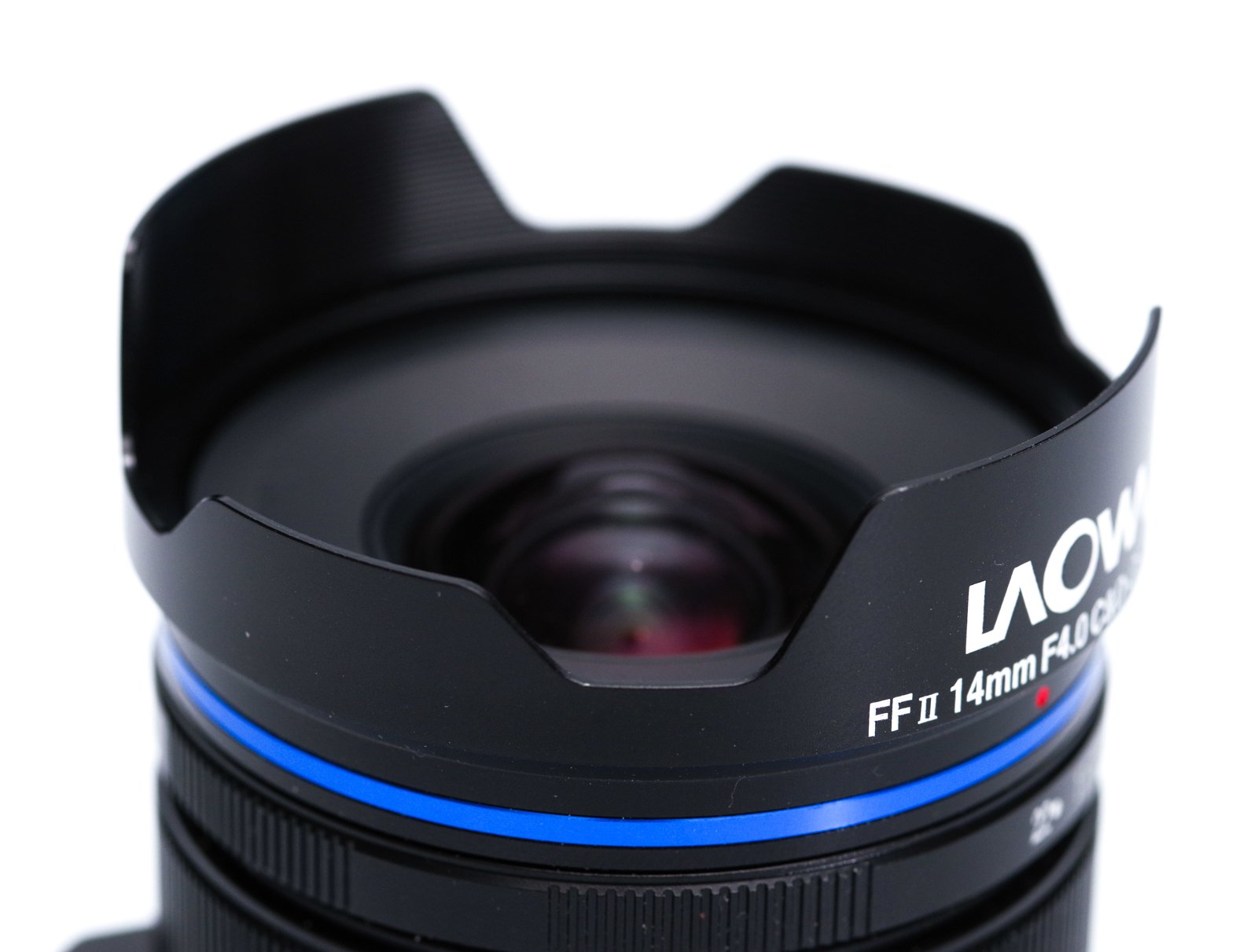


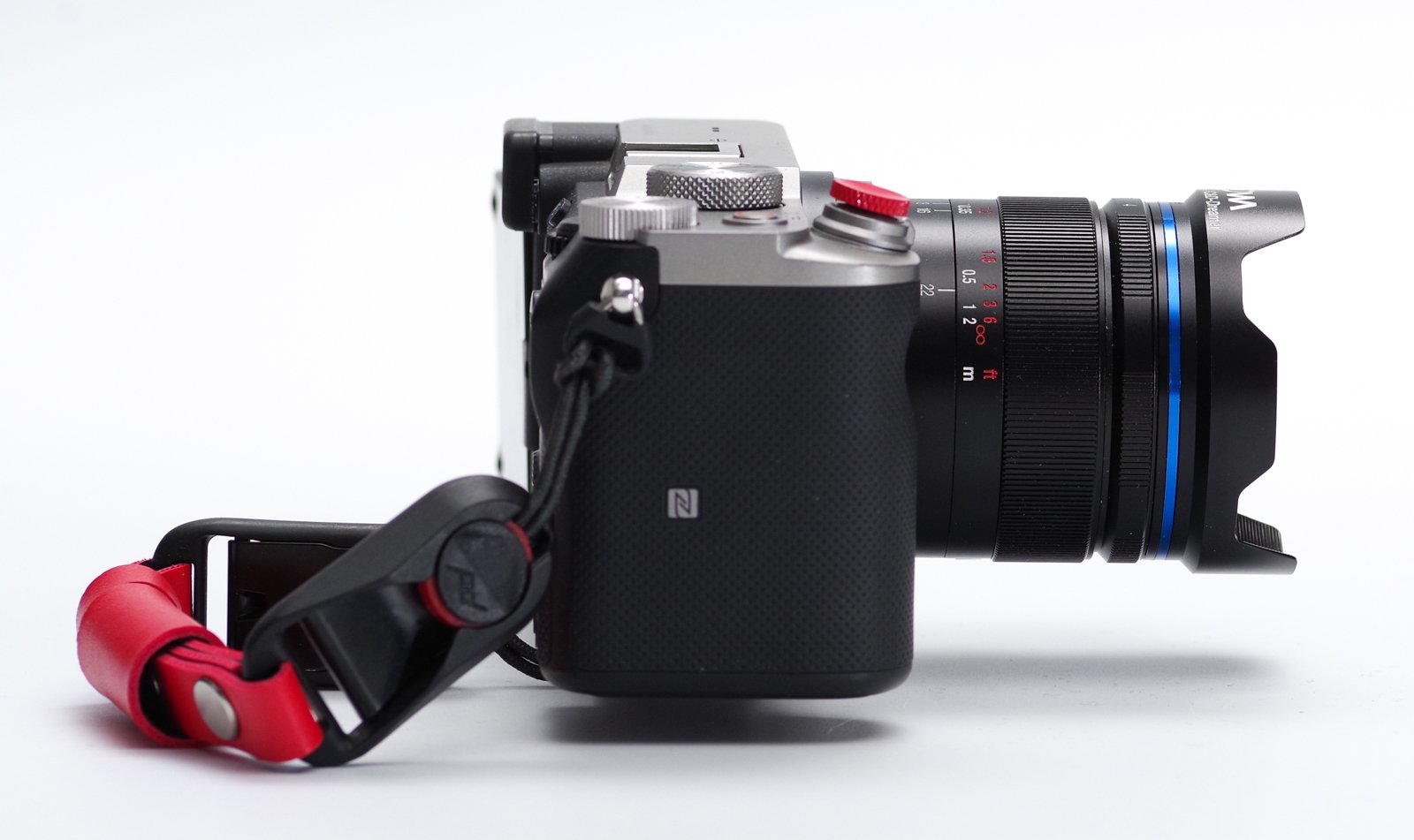

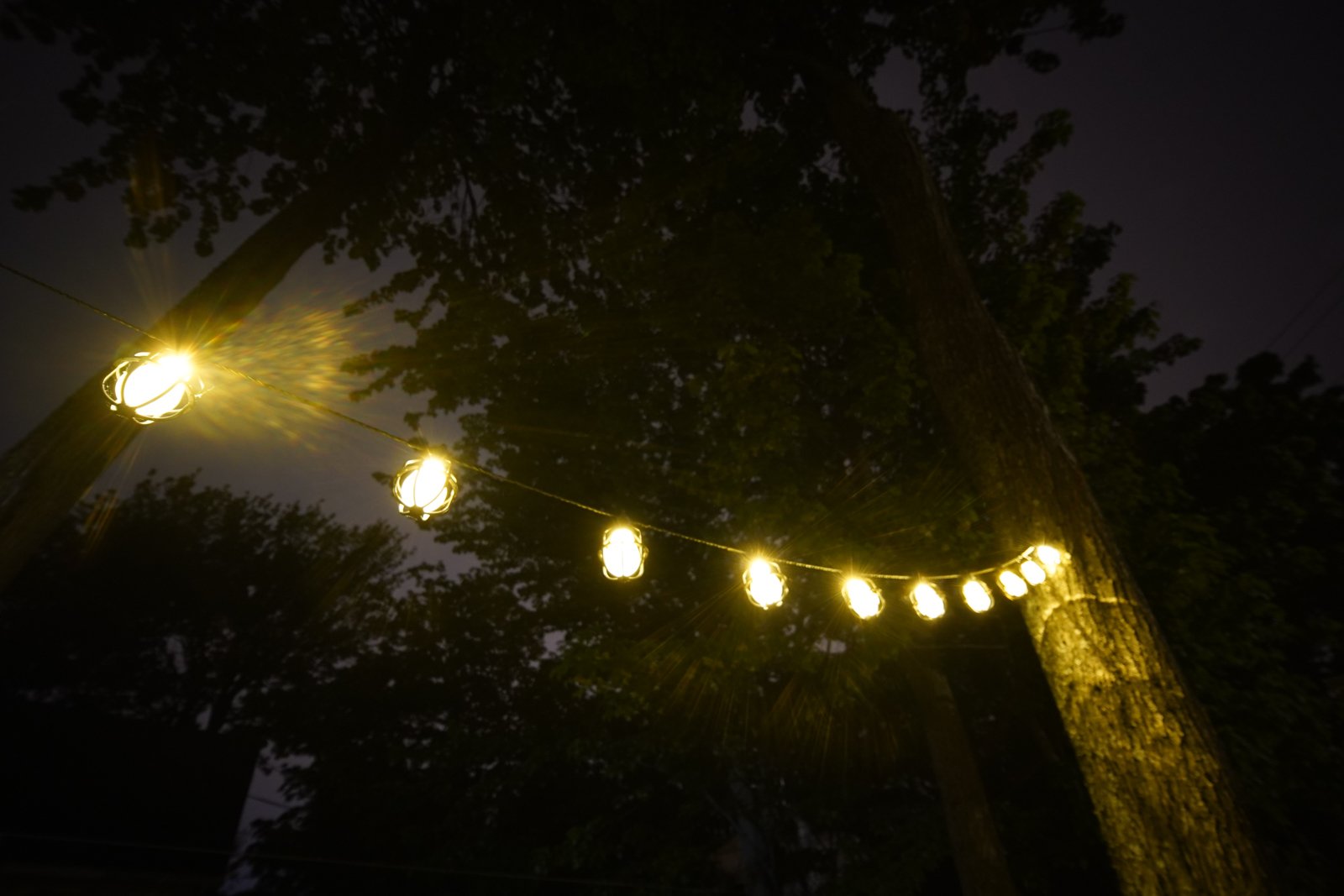
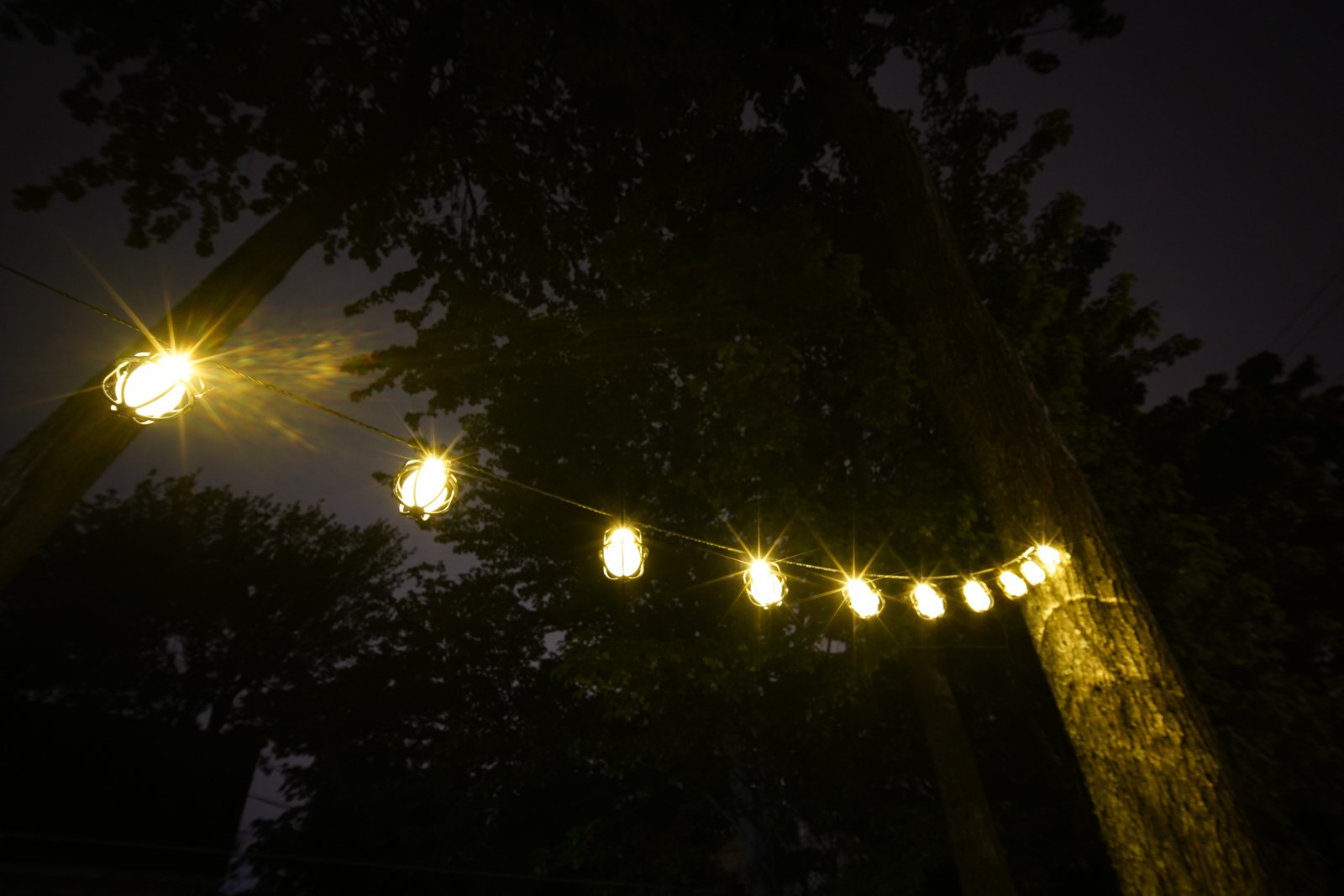
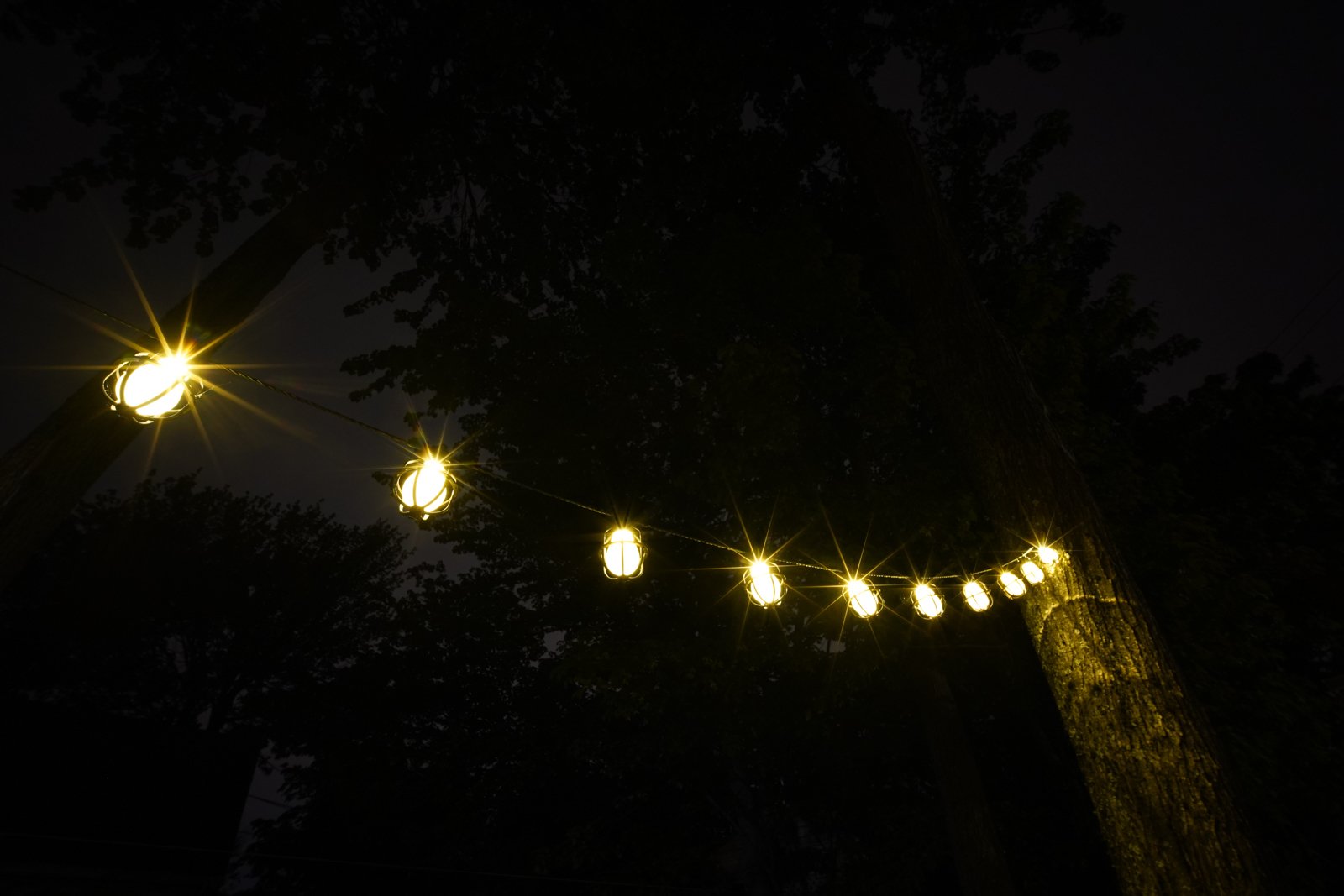

Leave a Reply